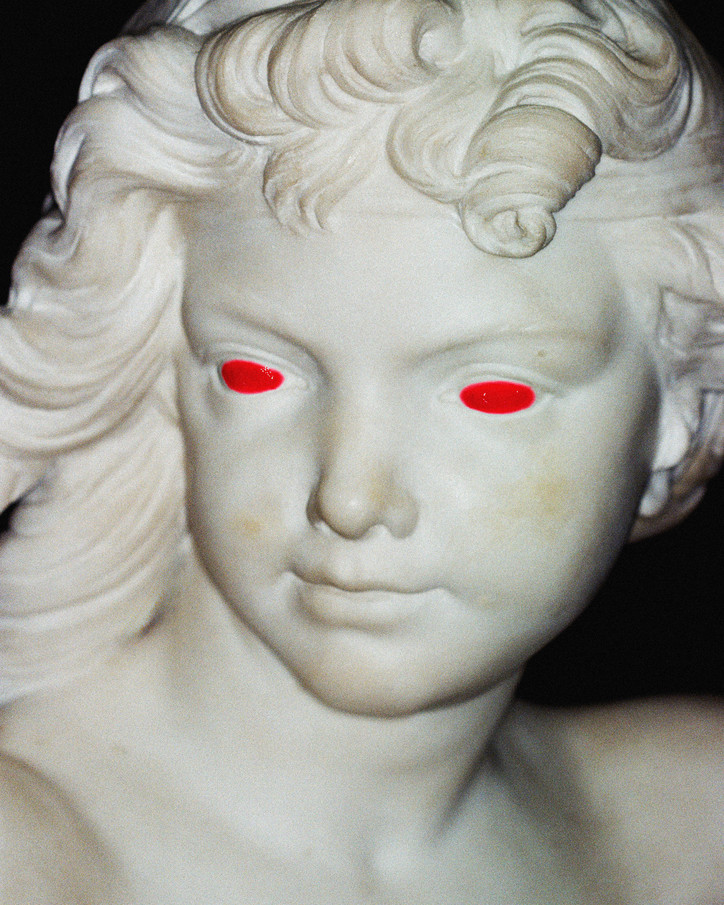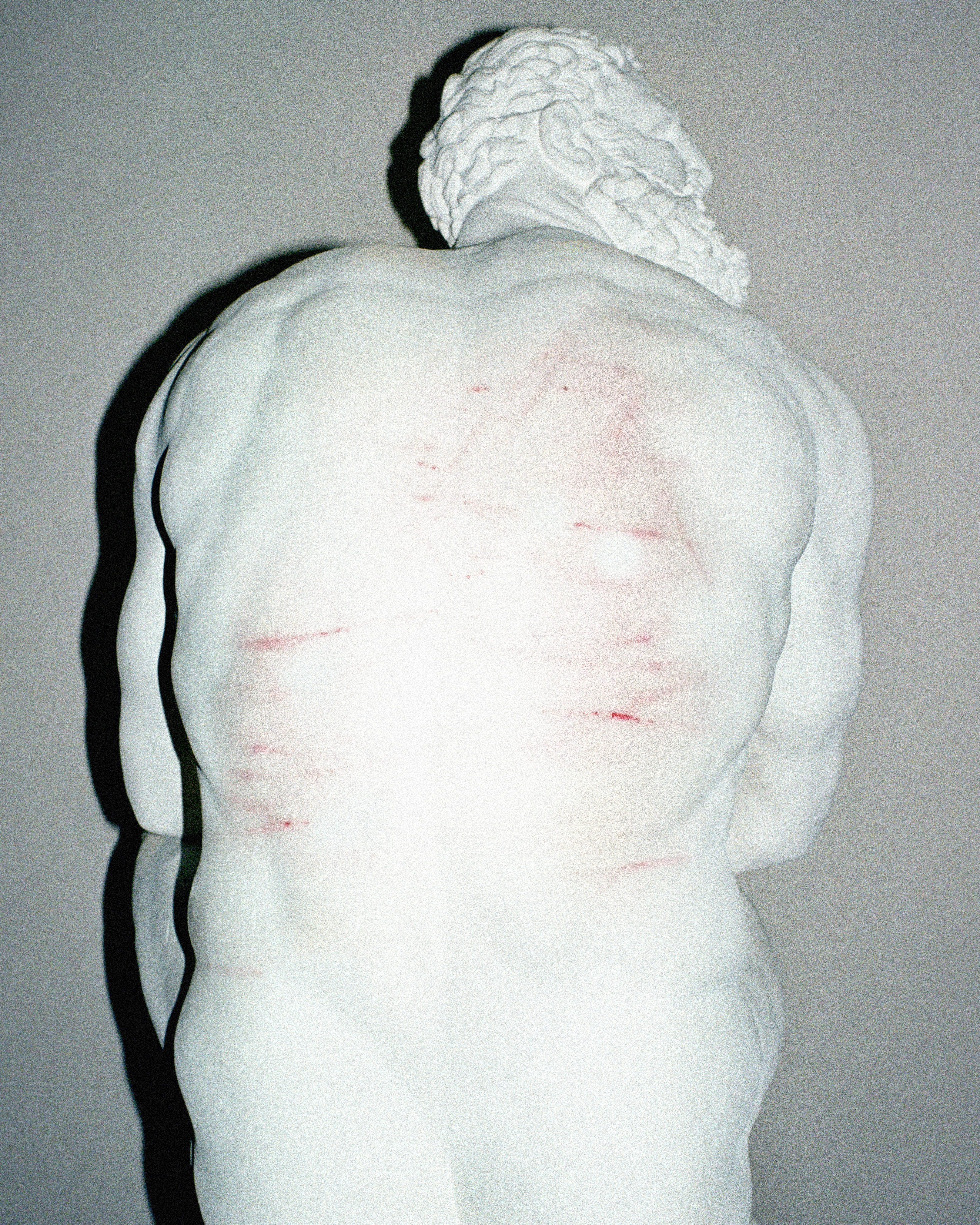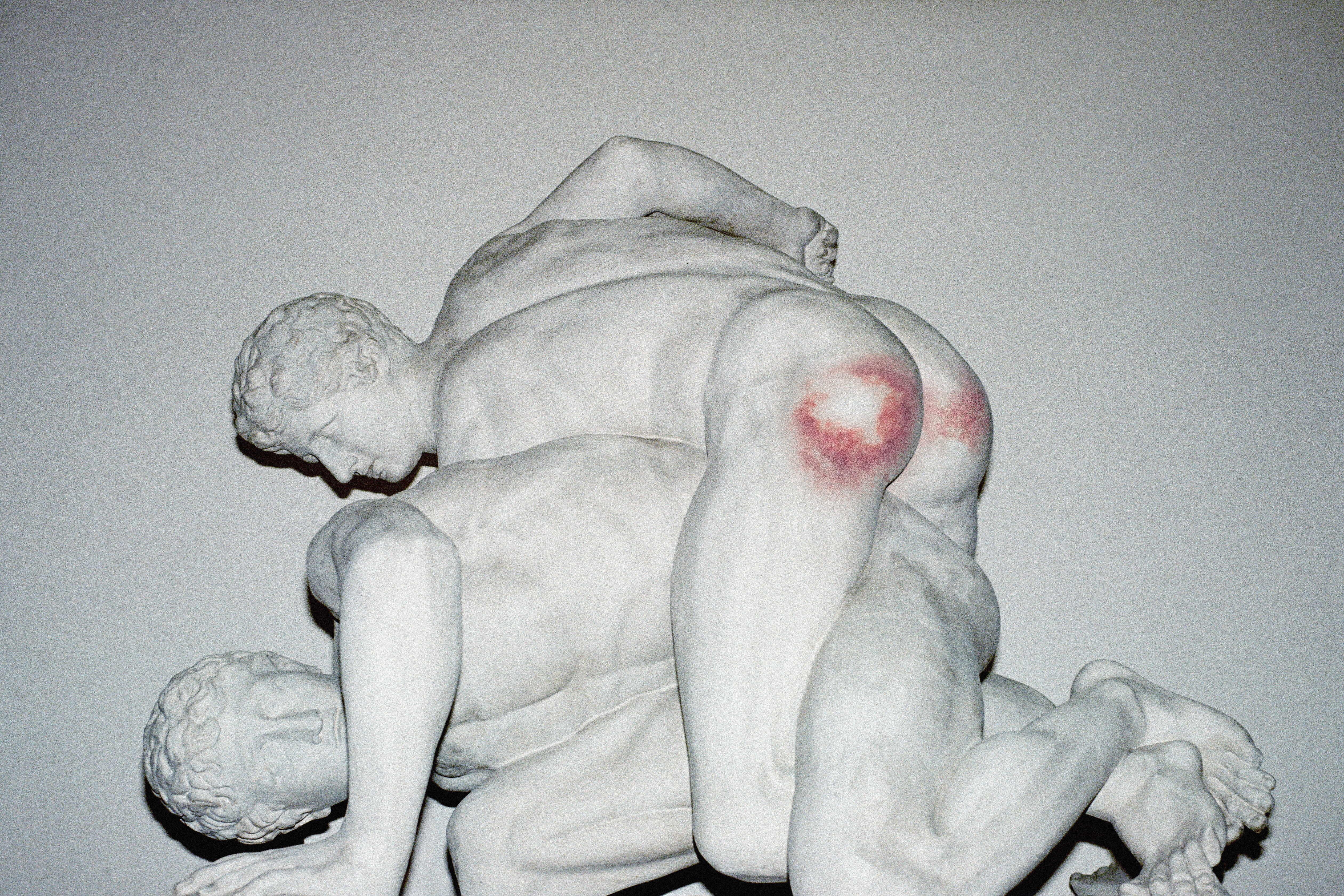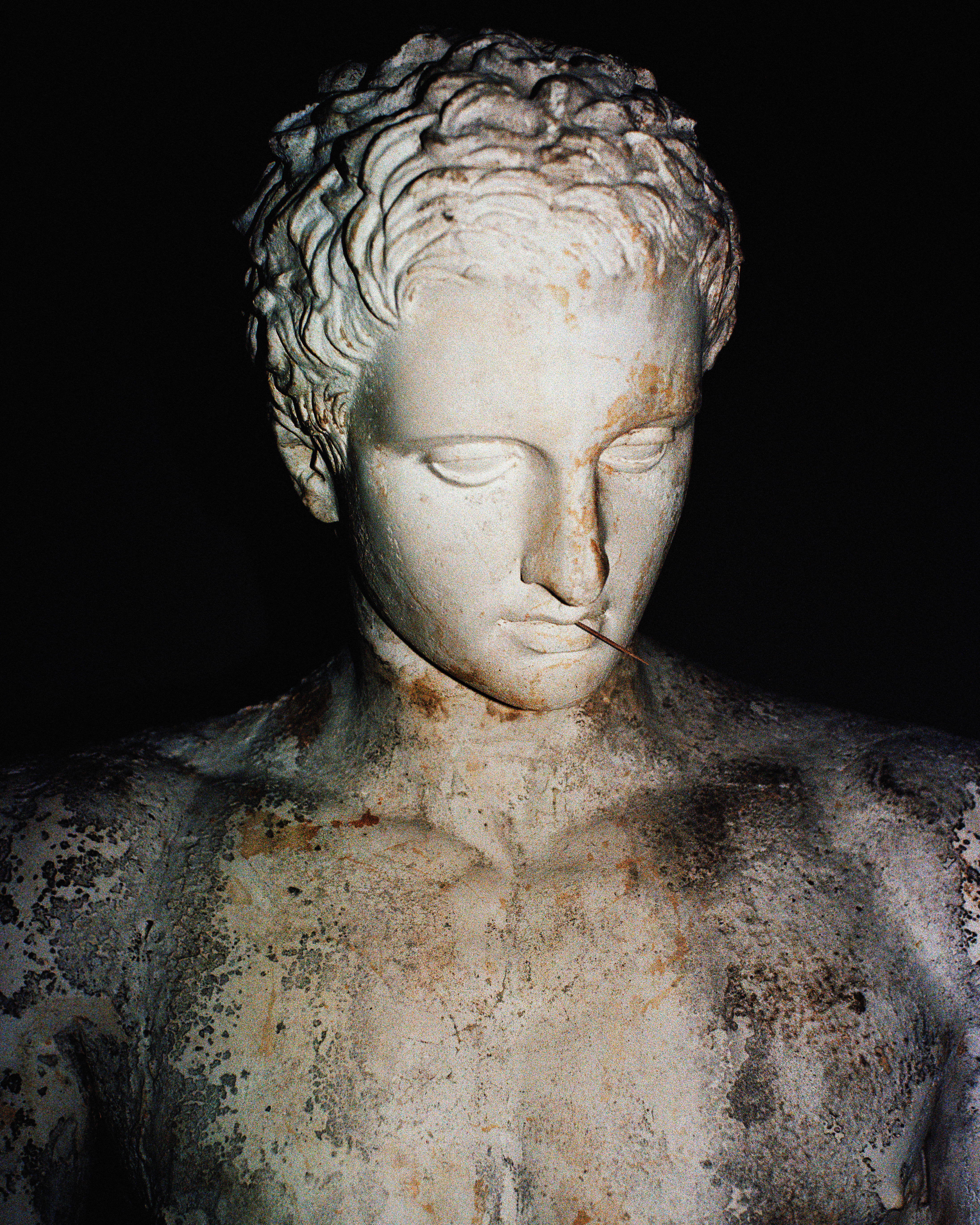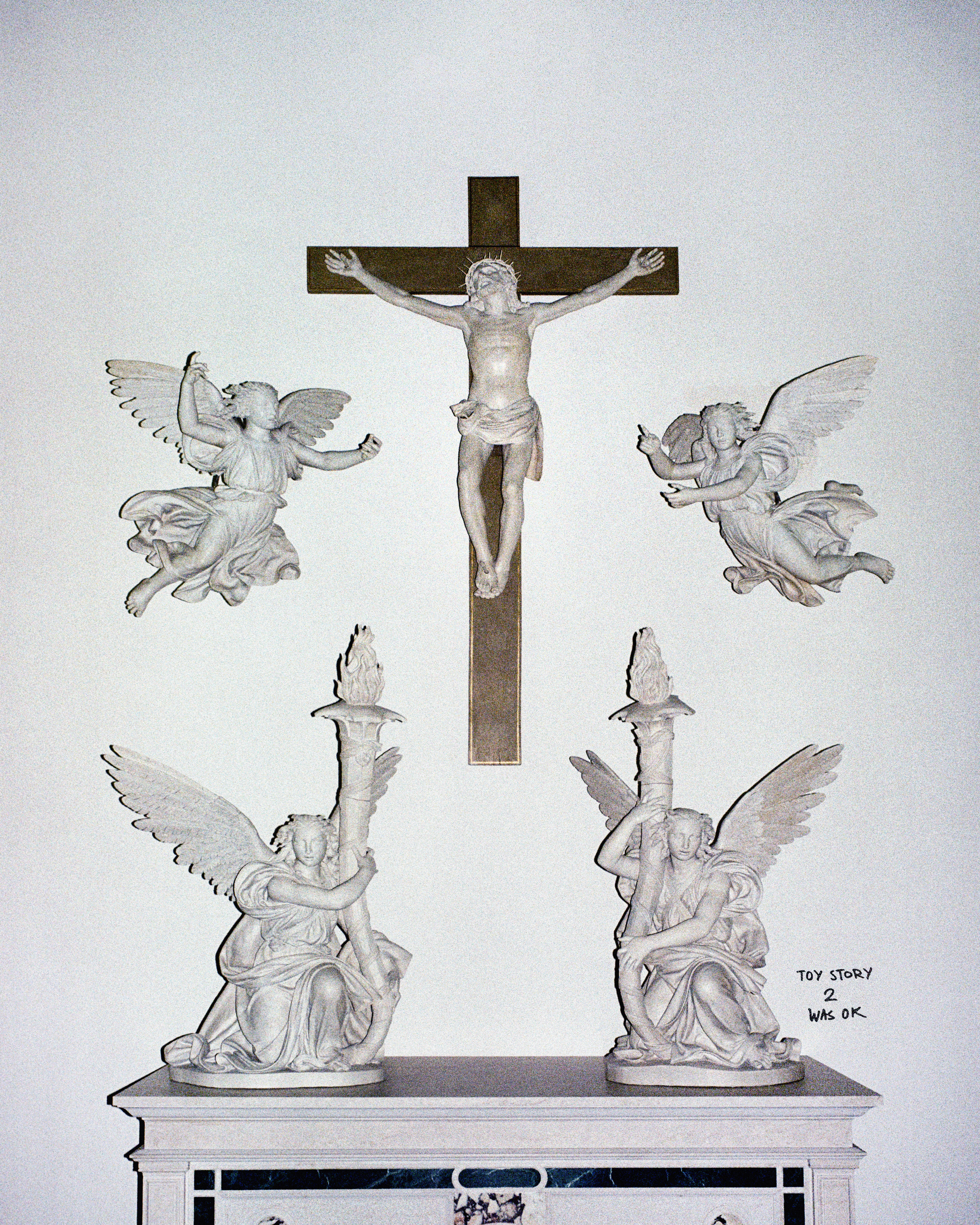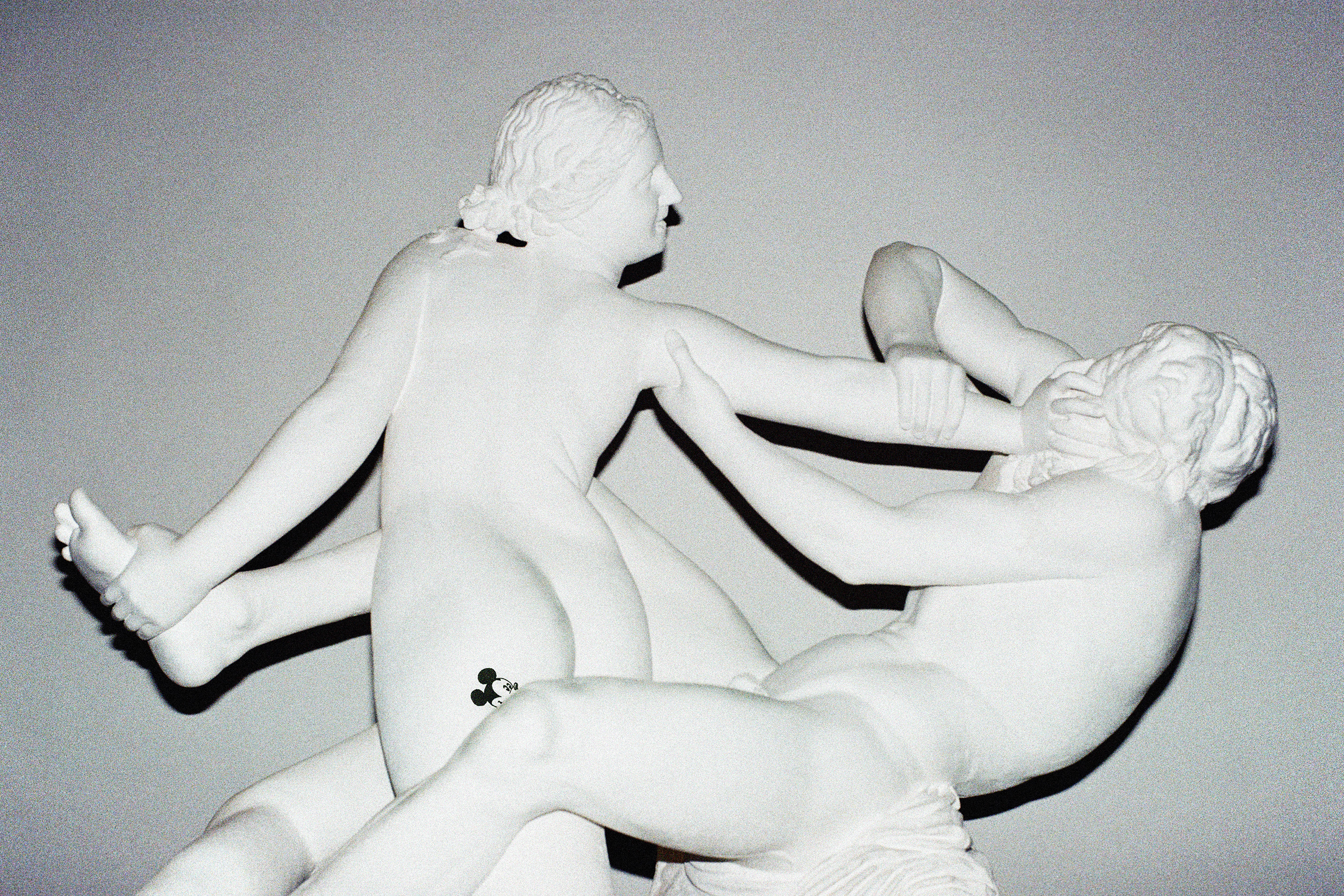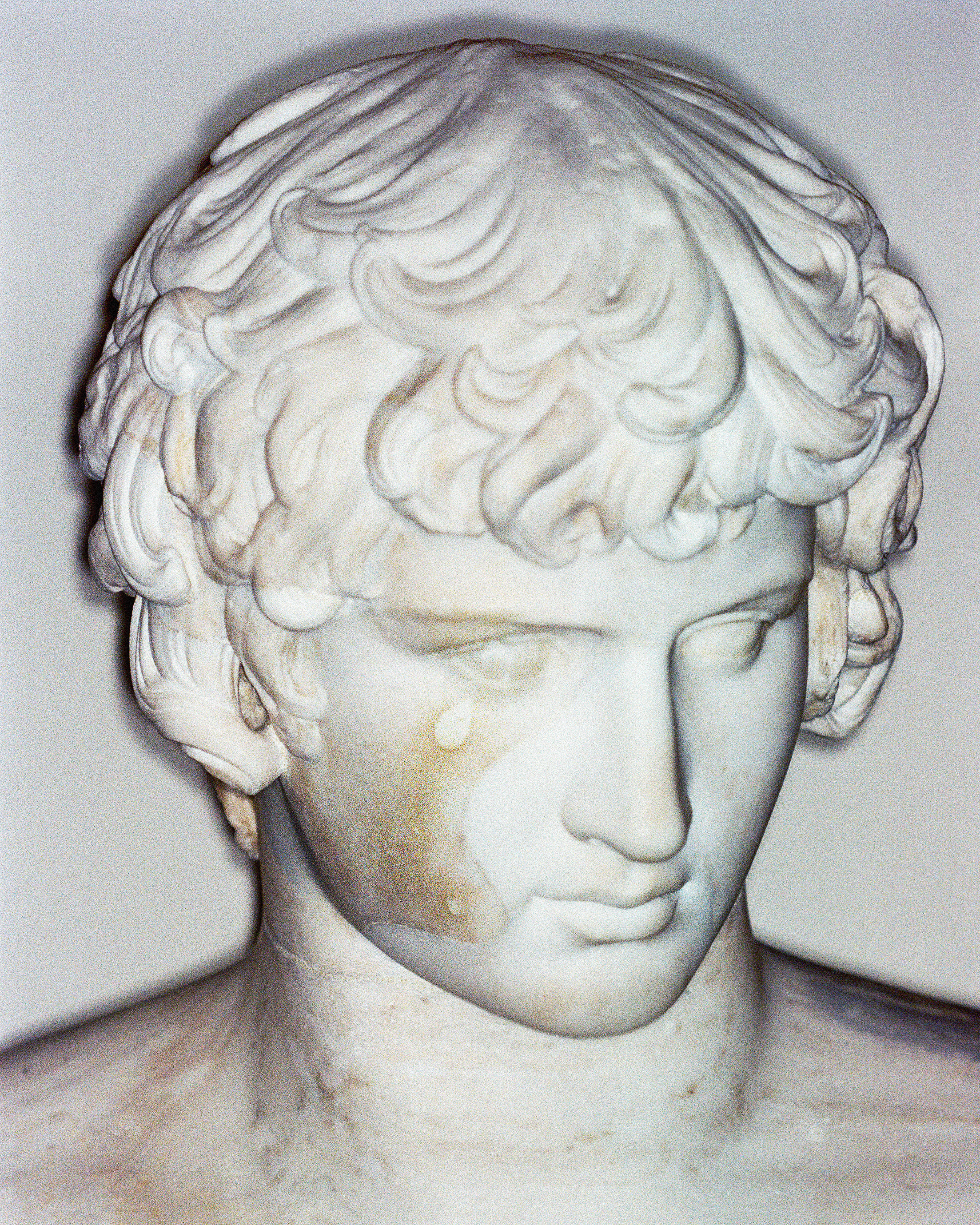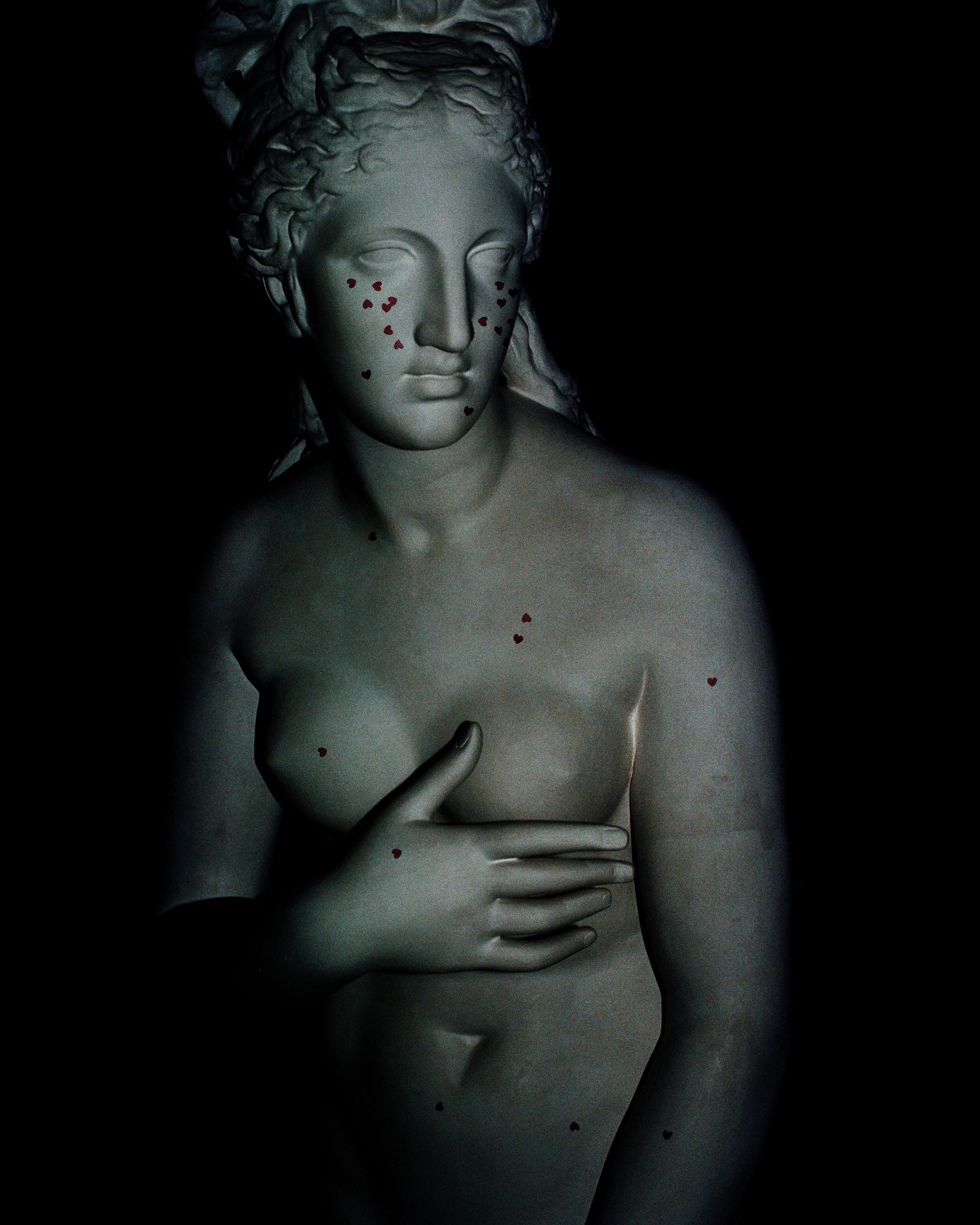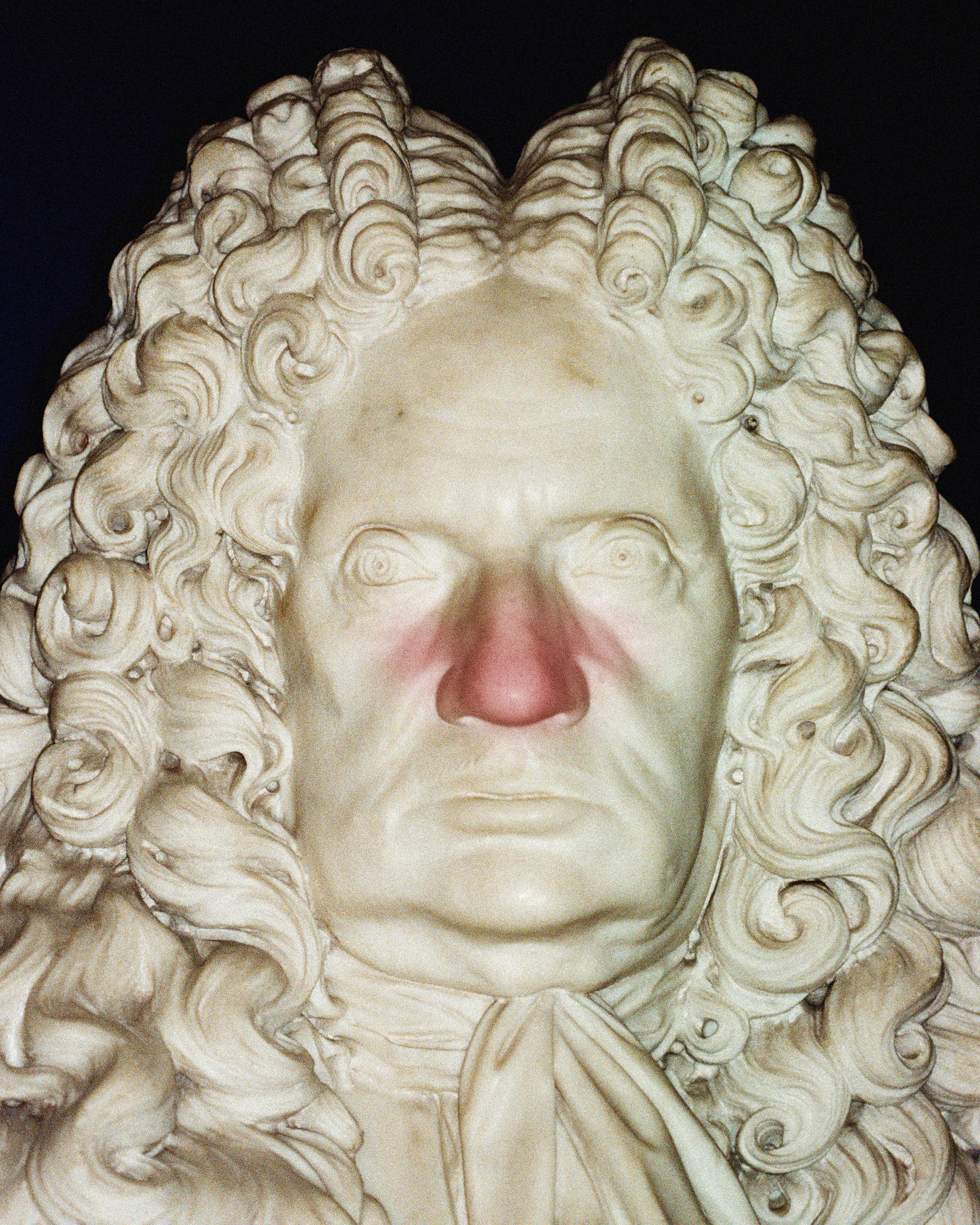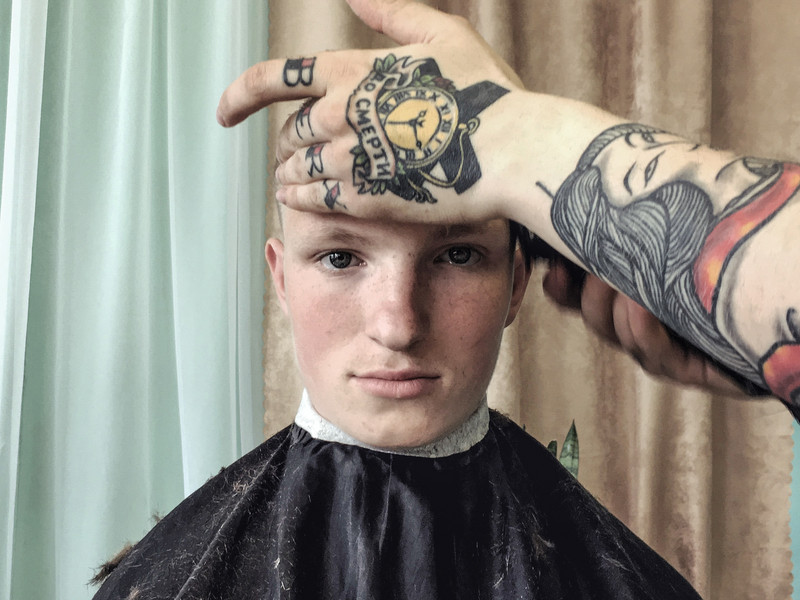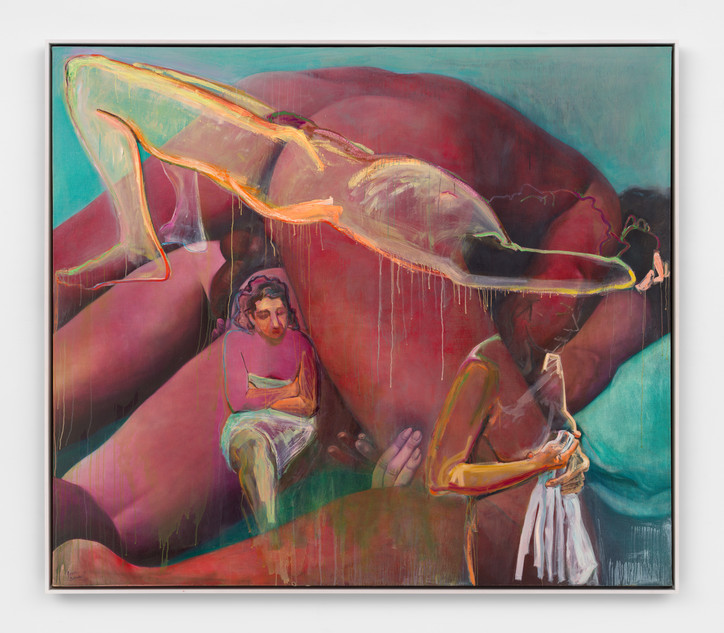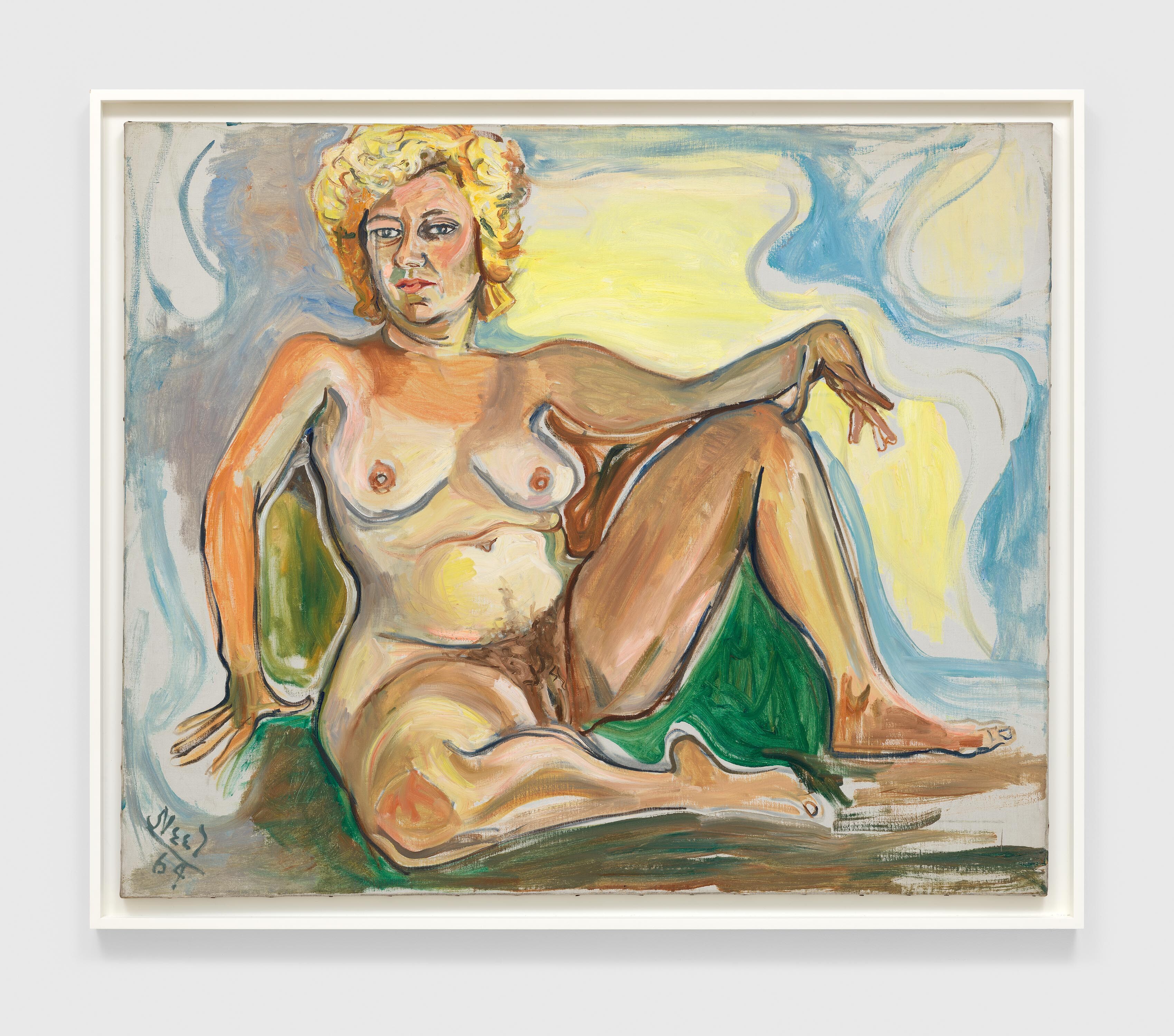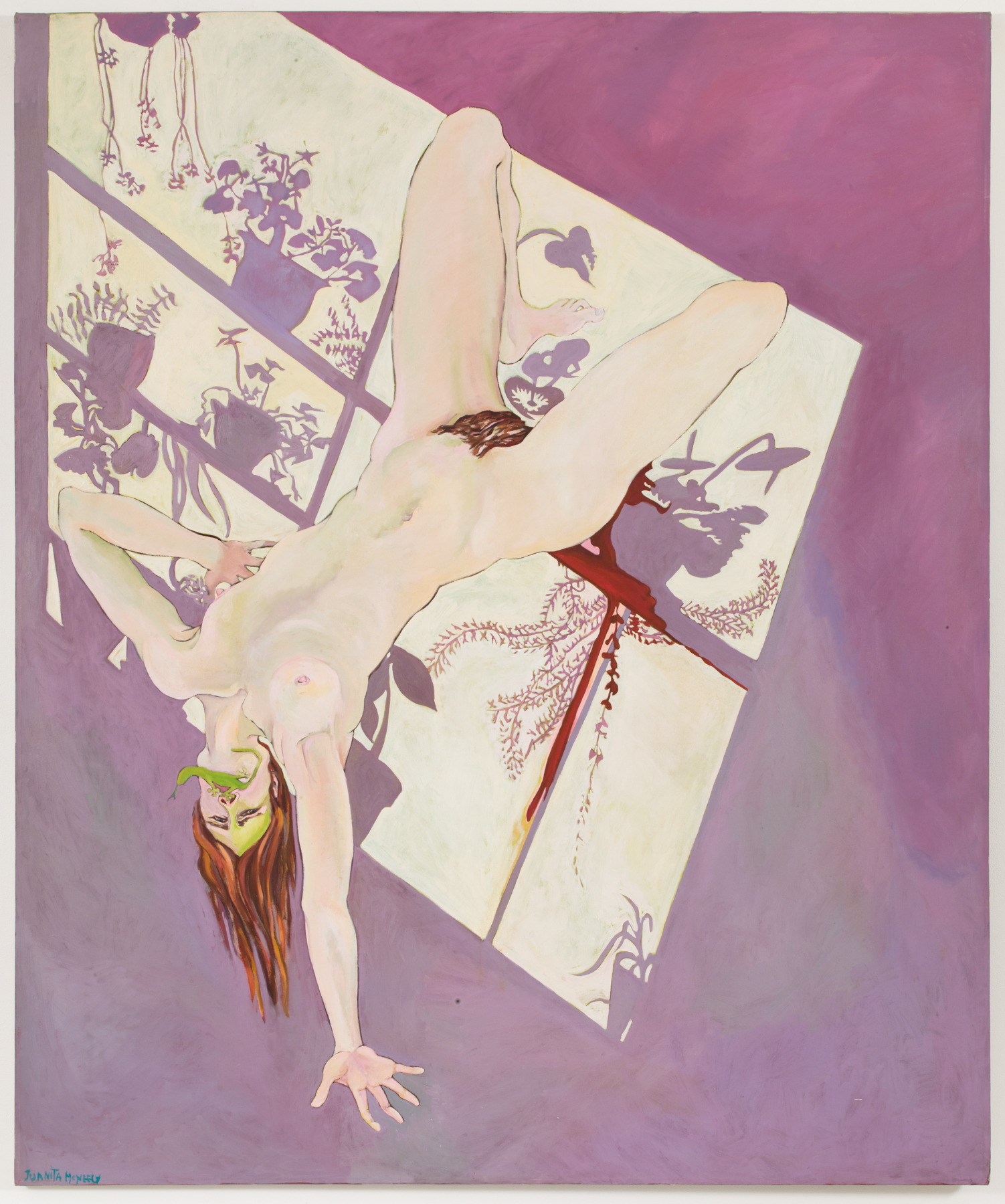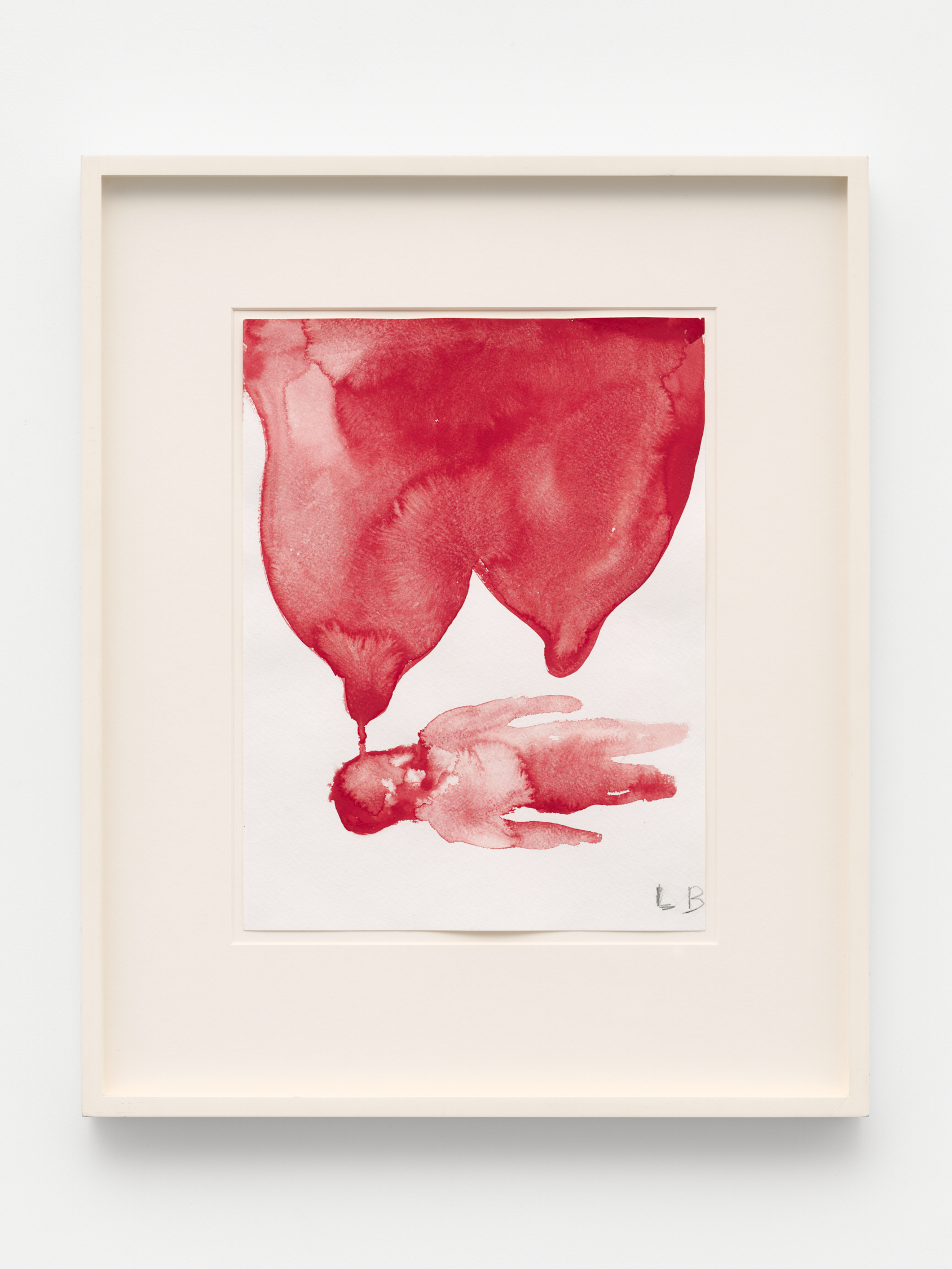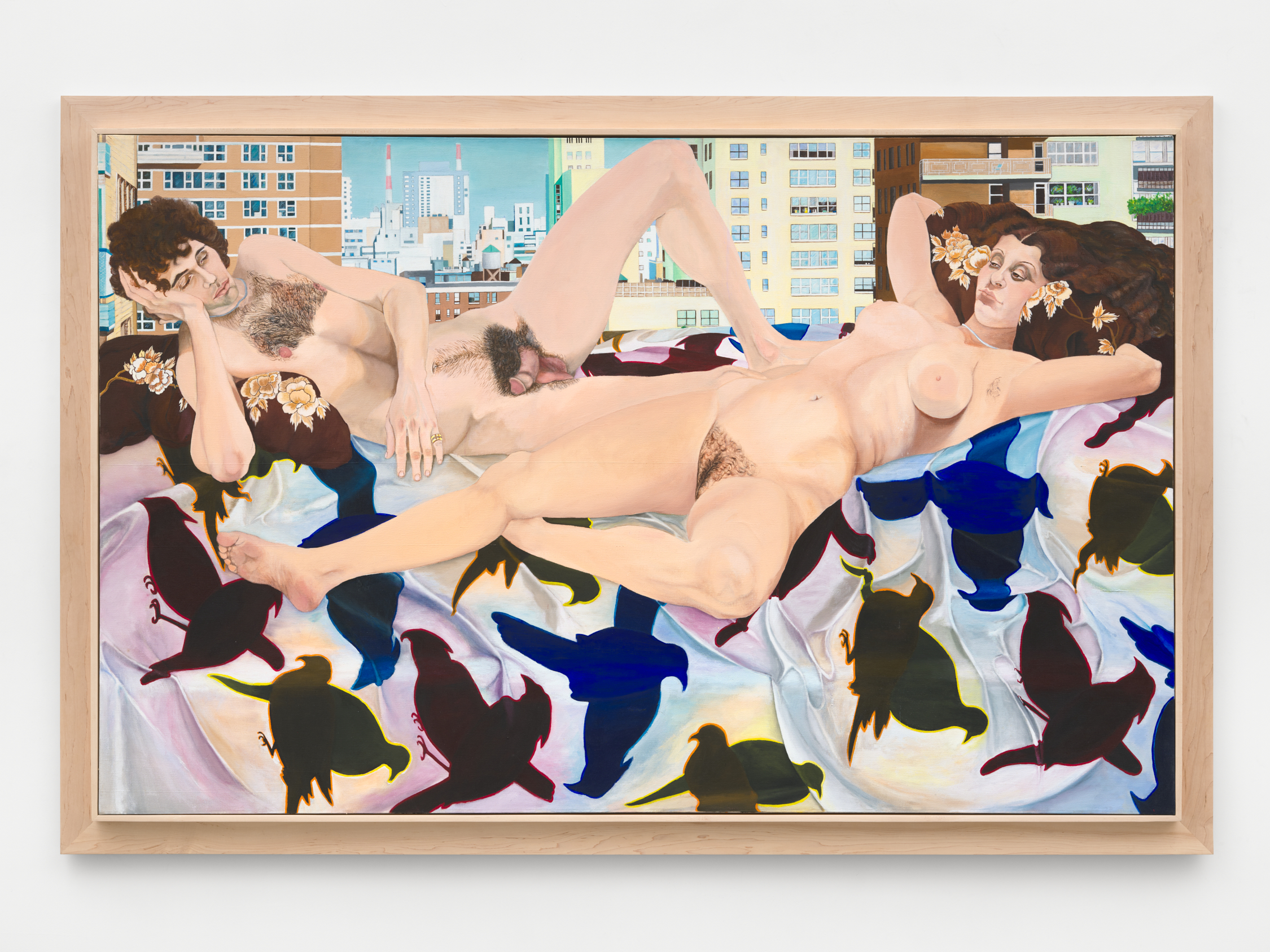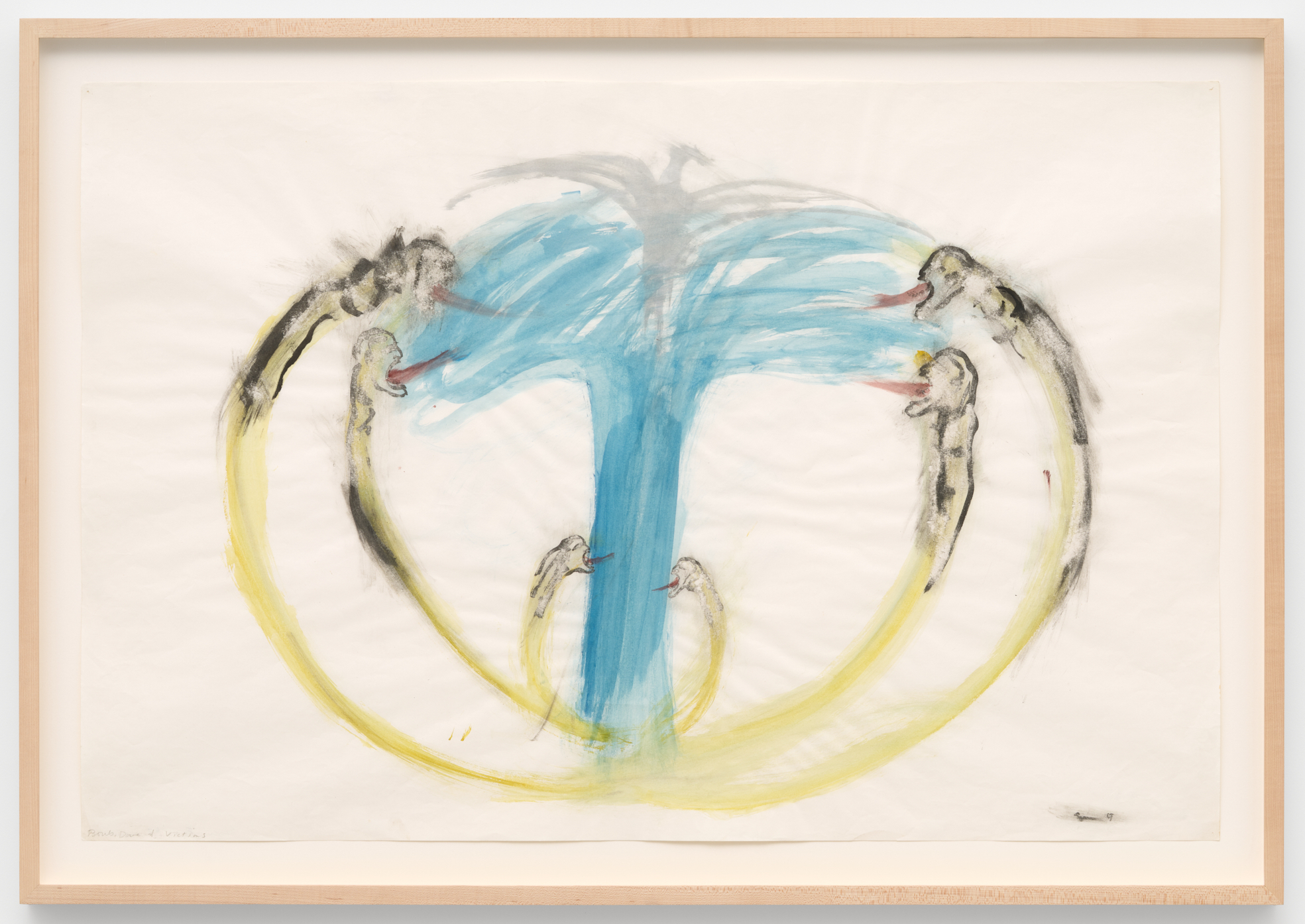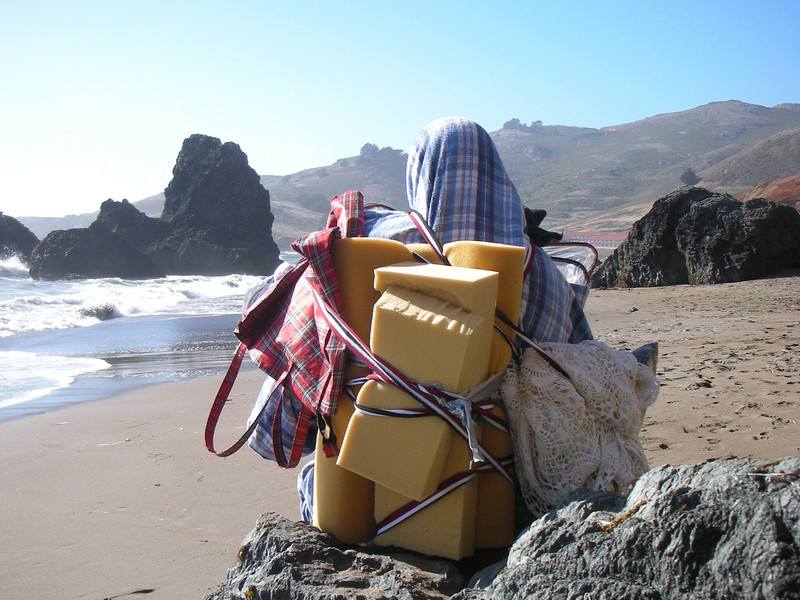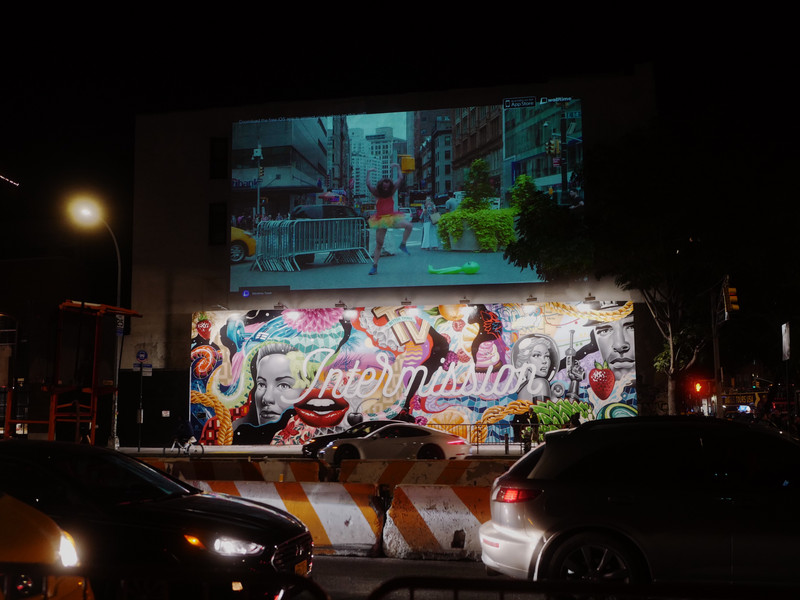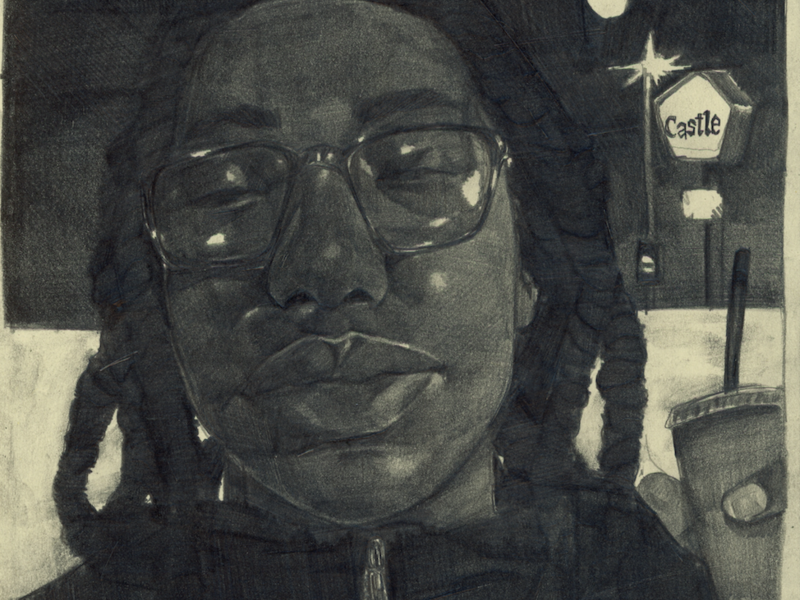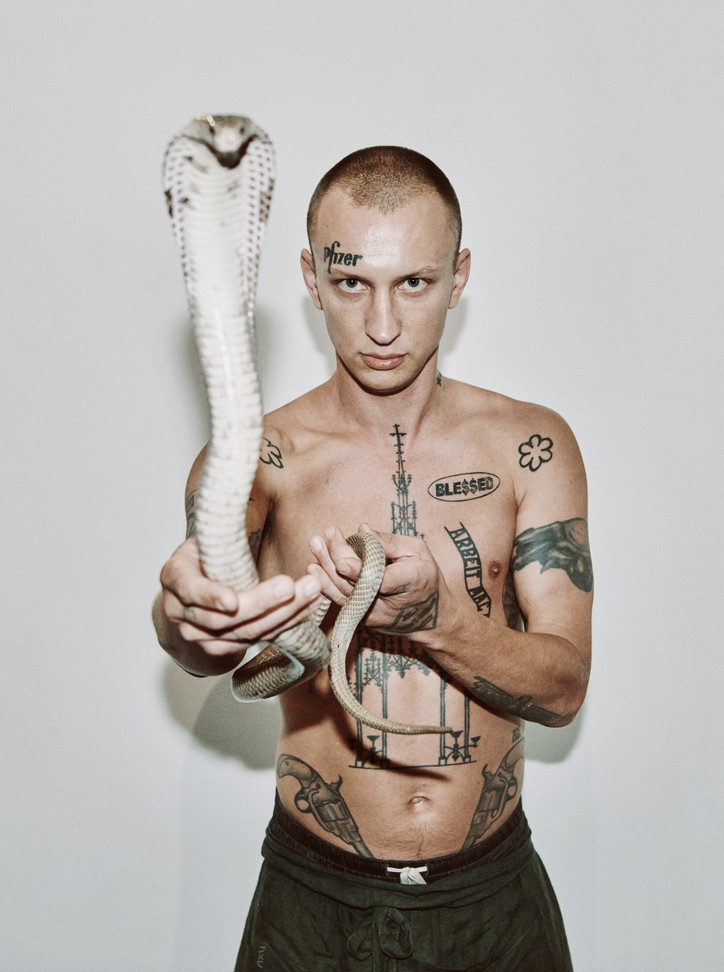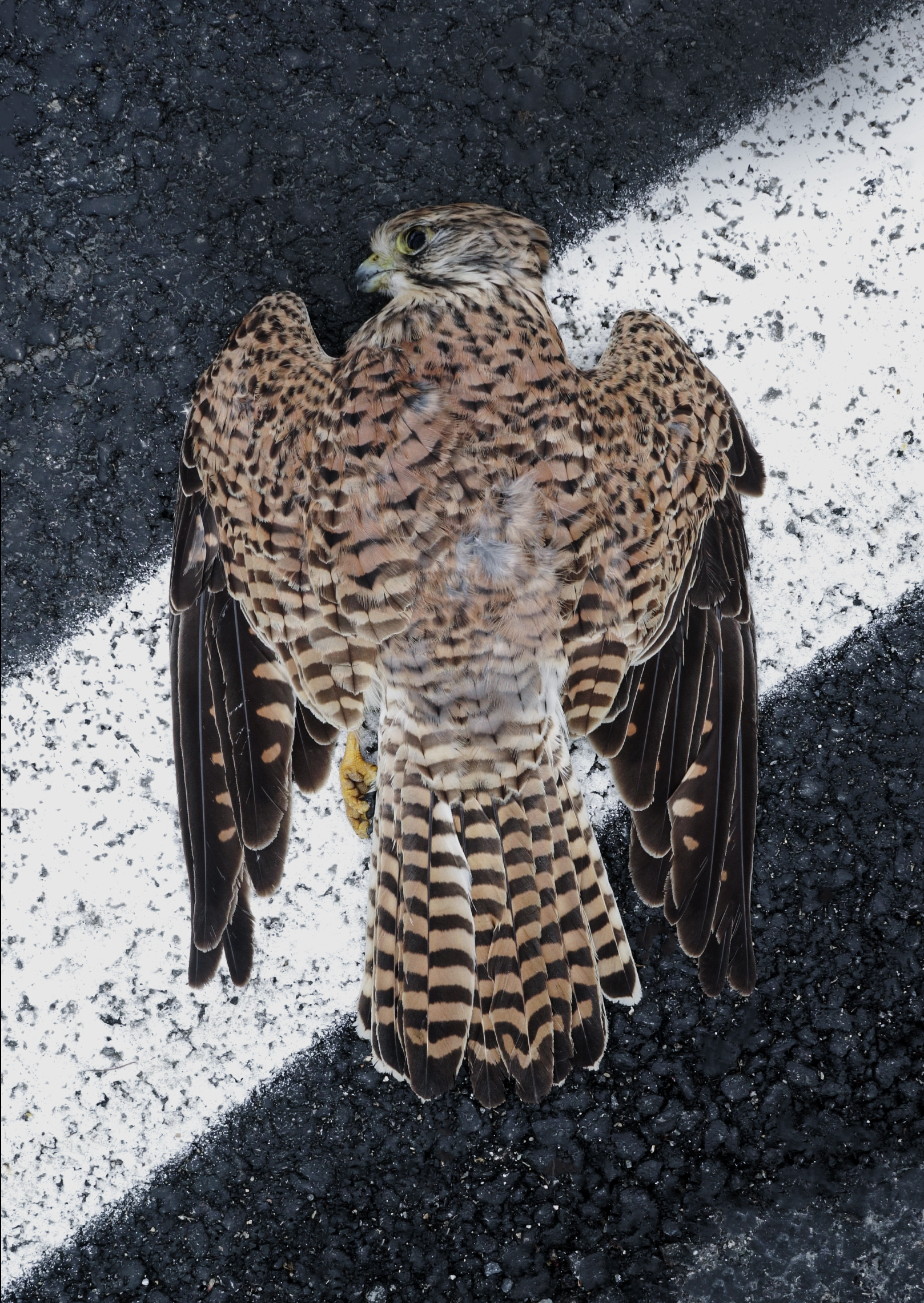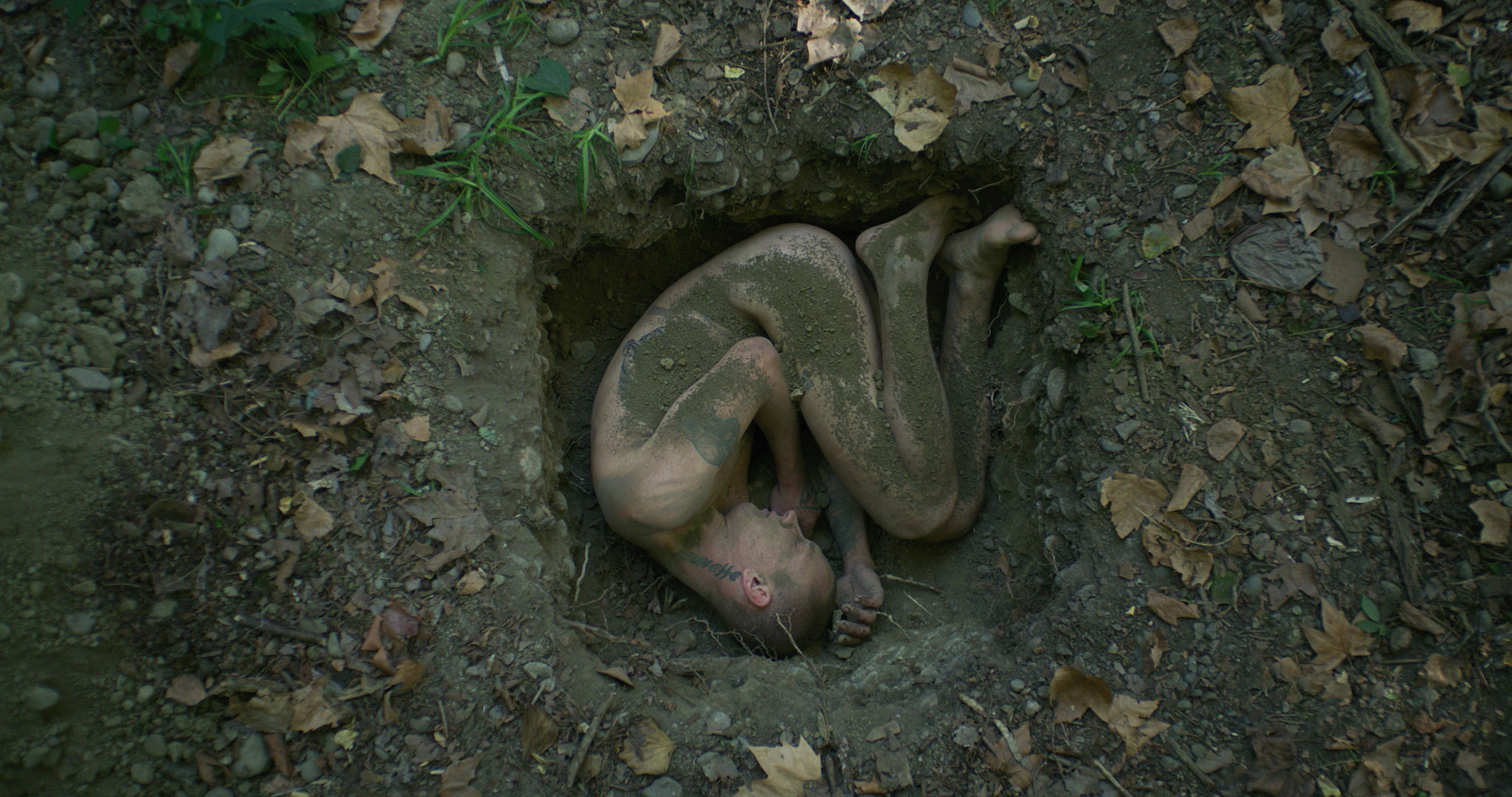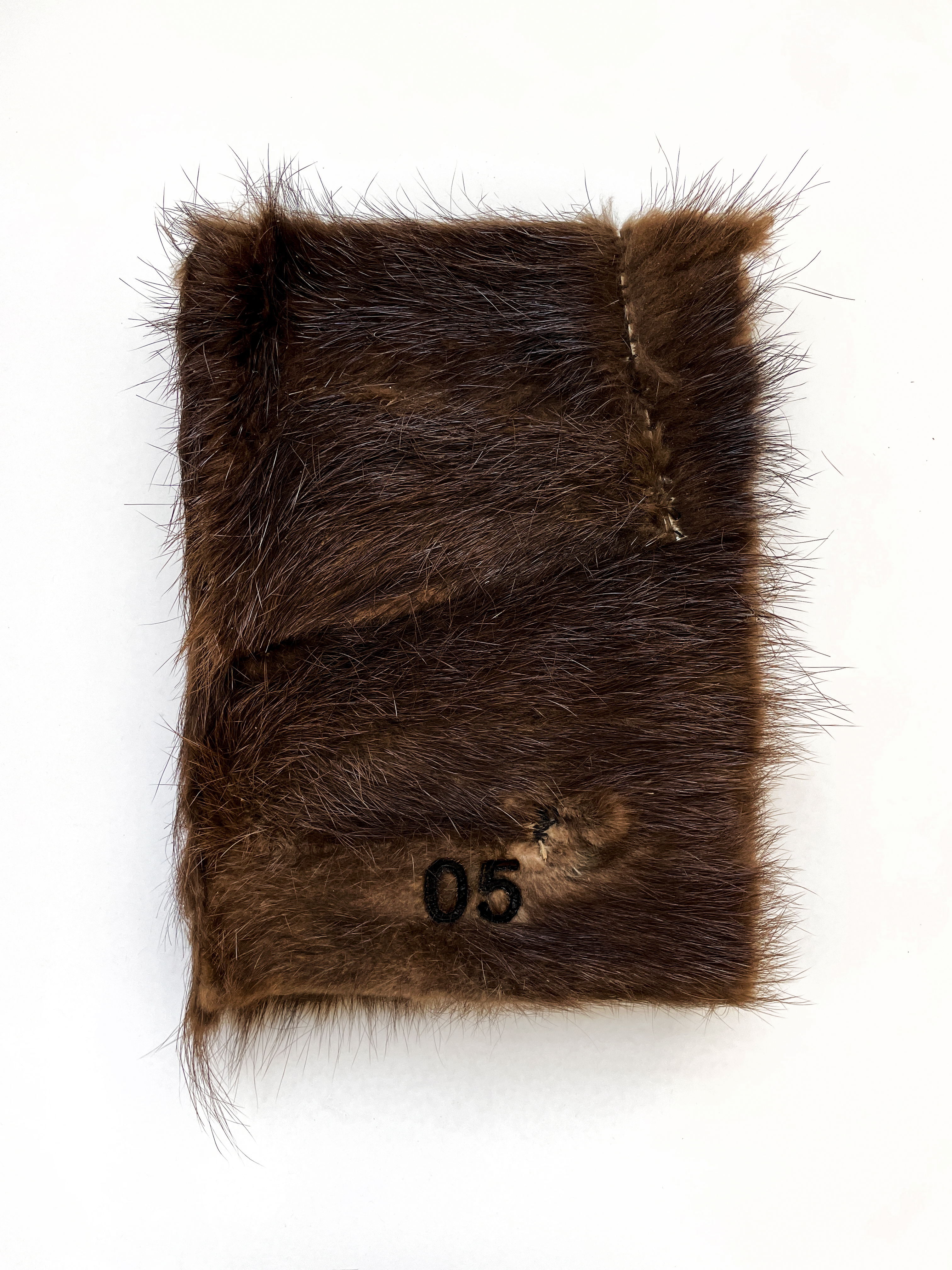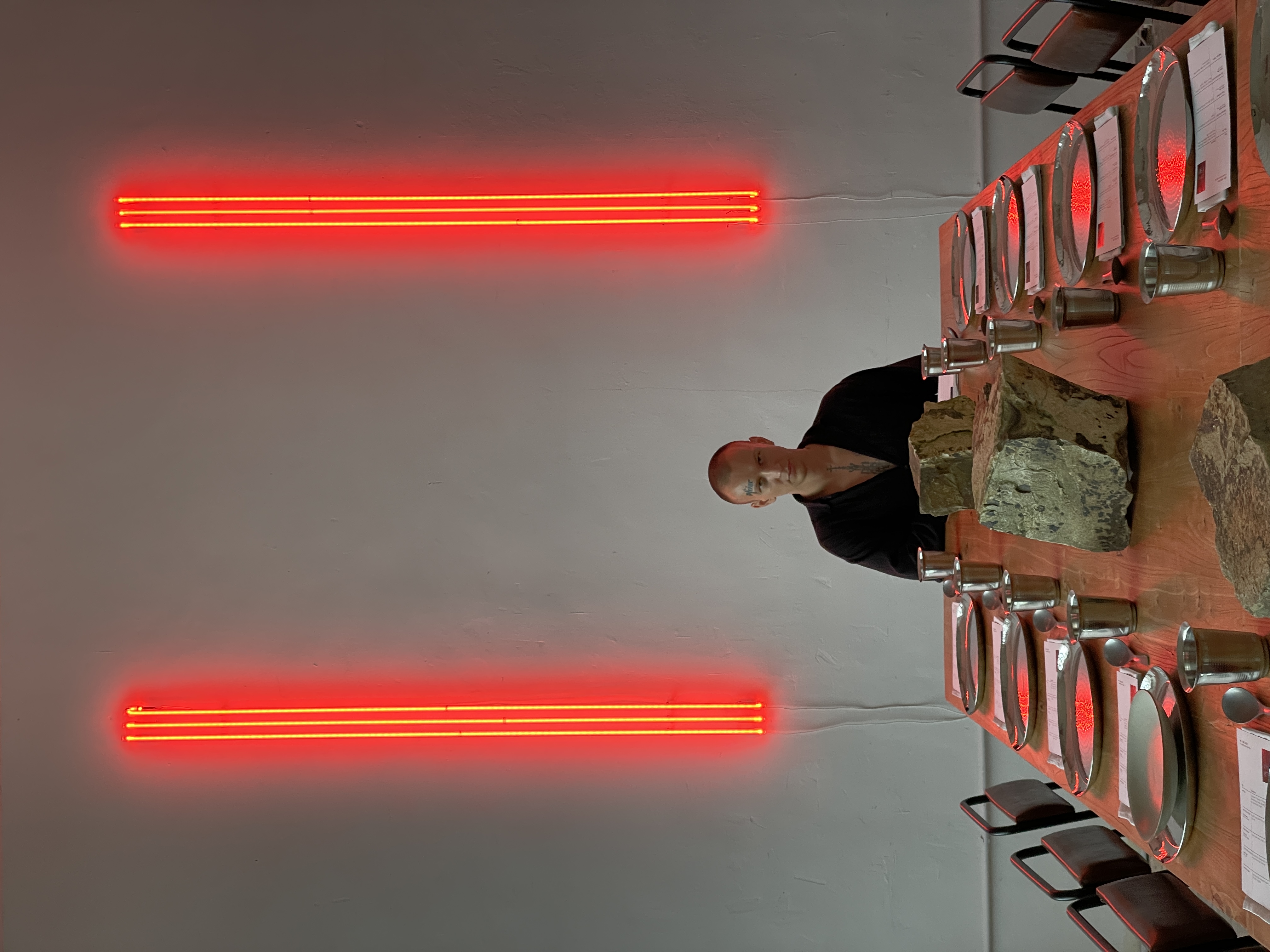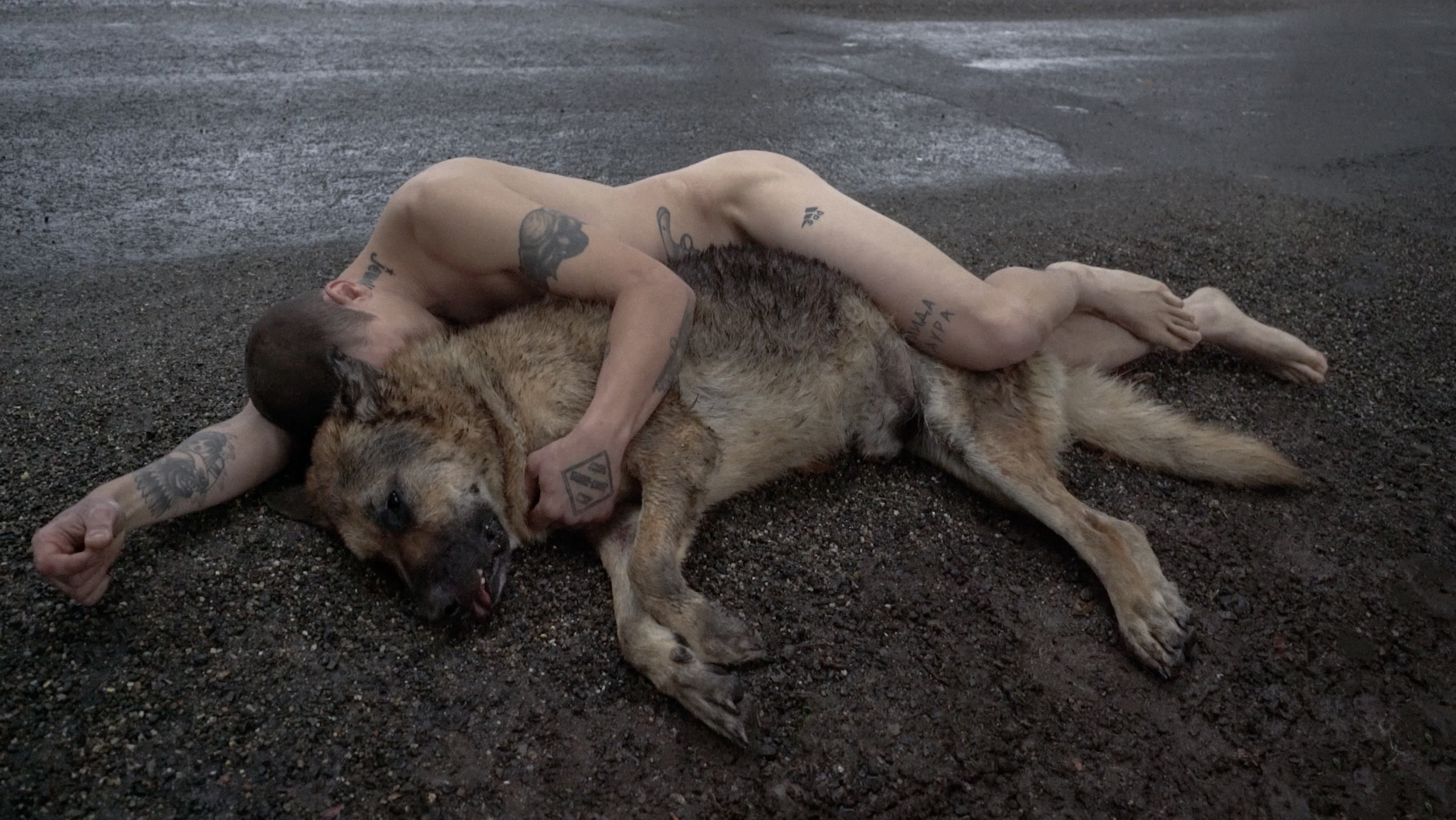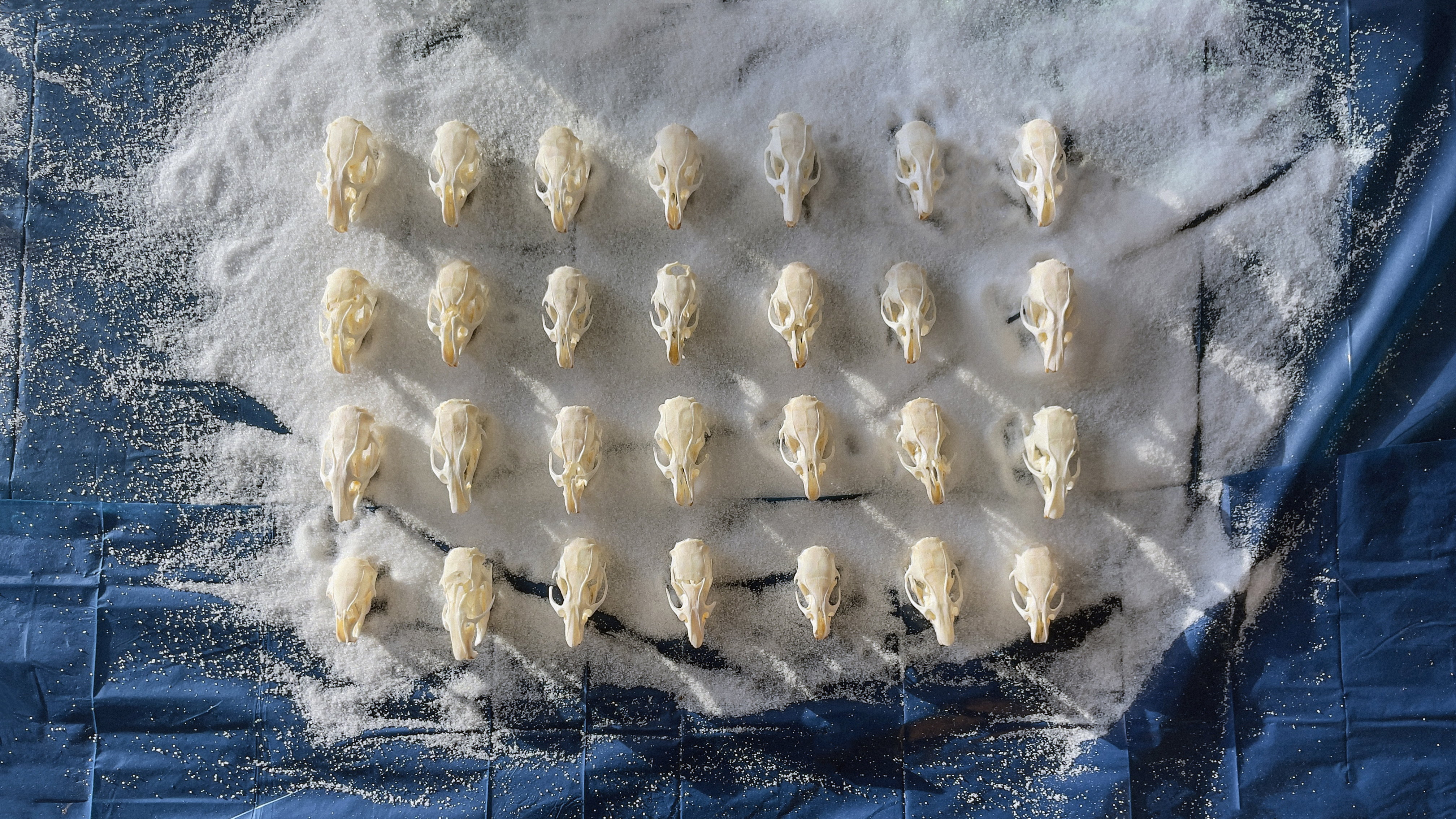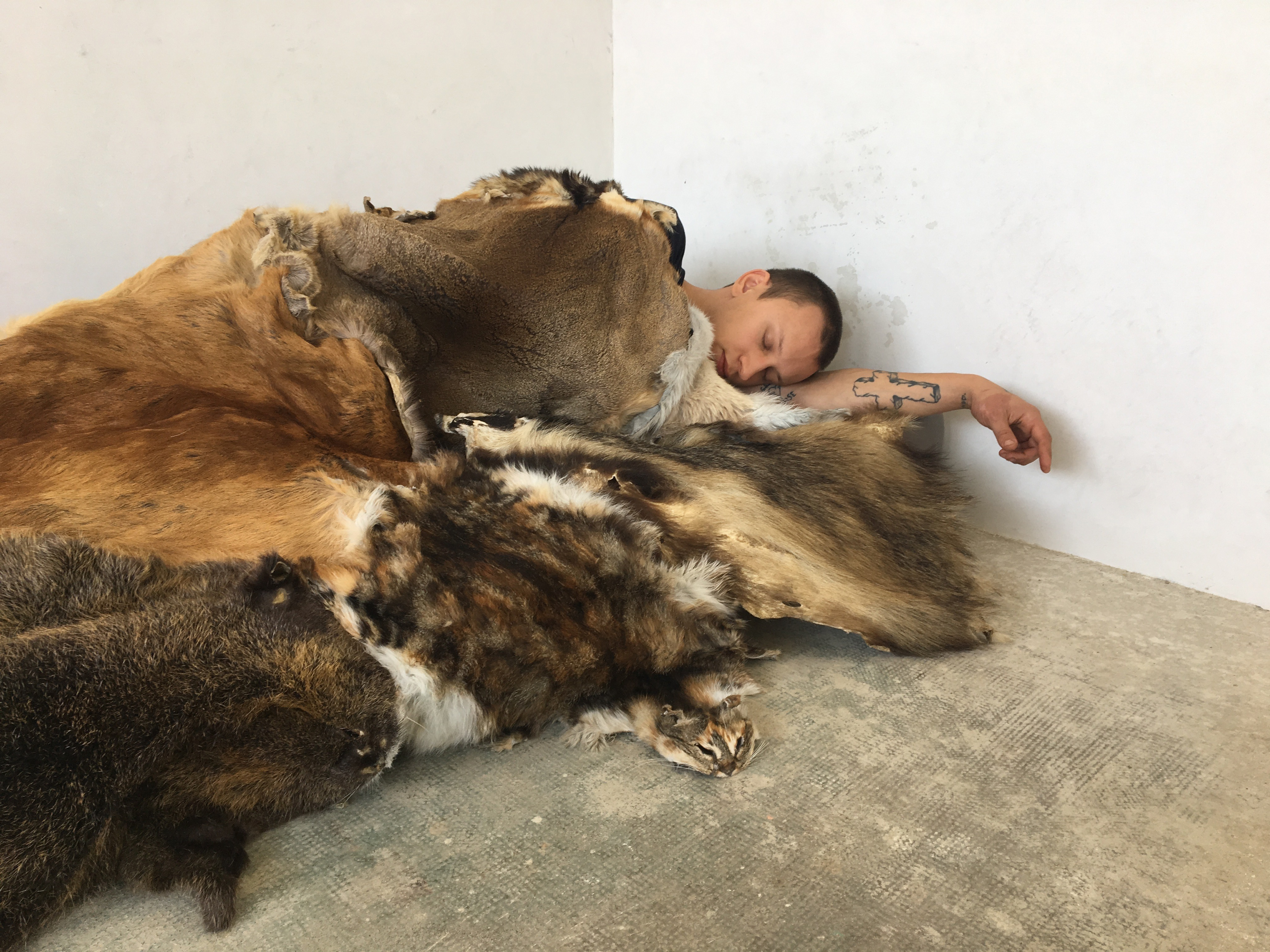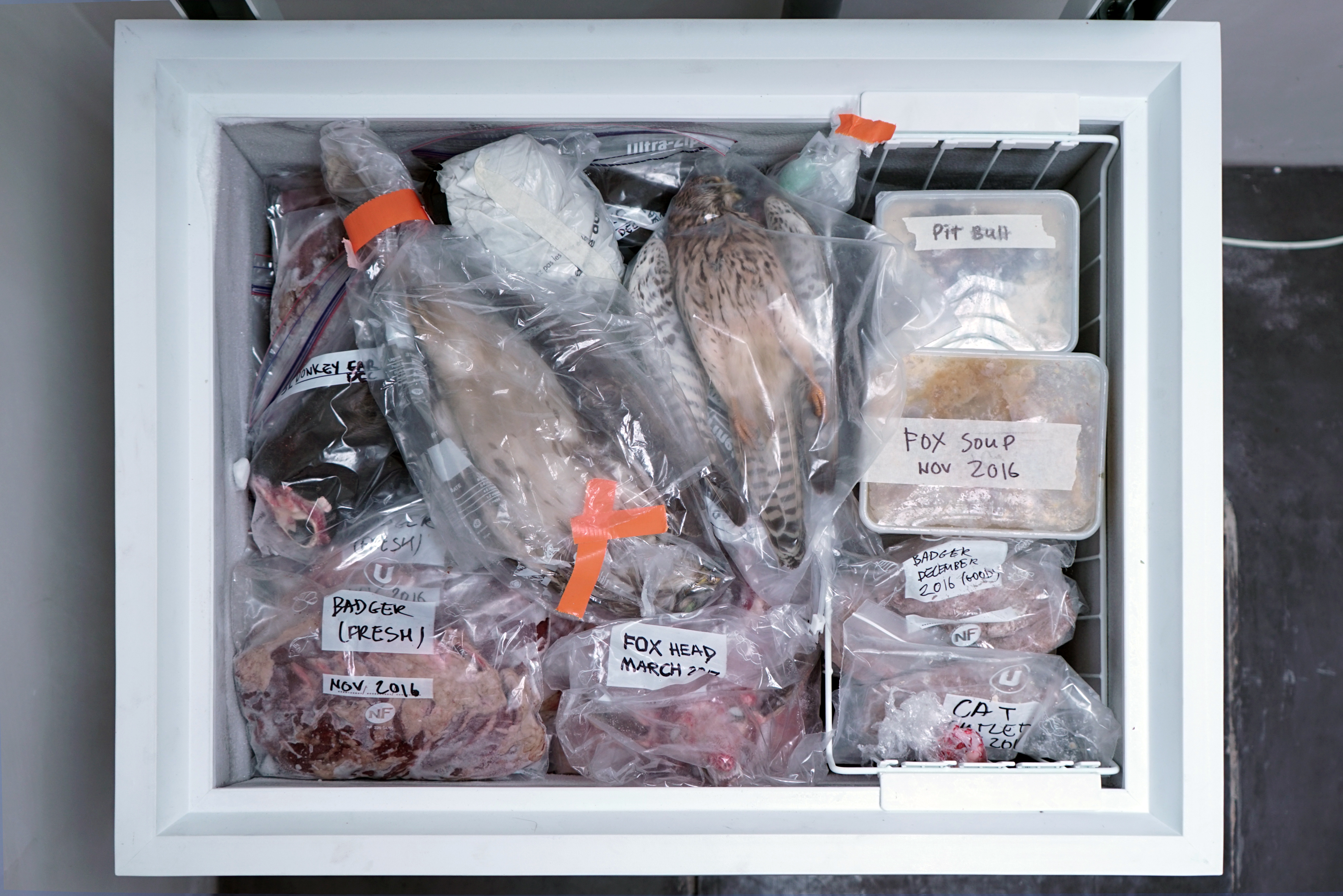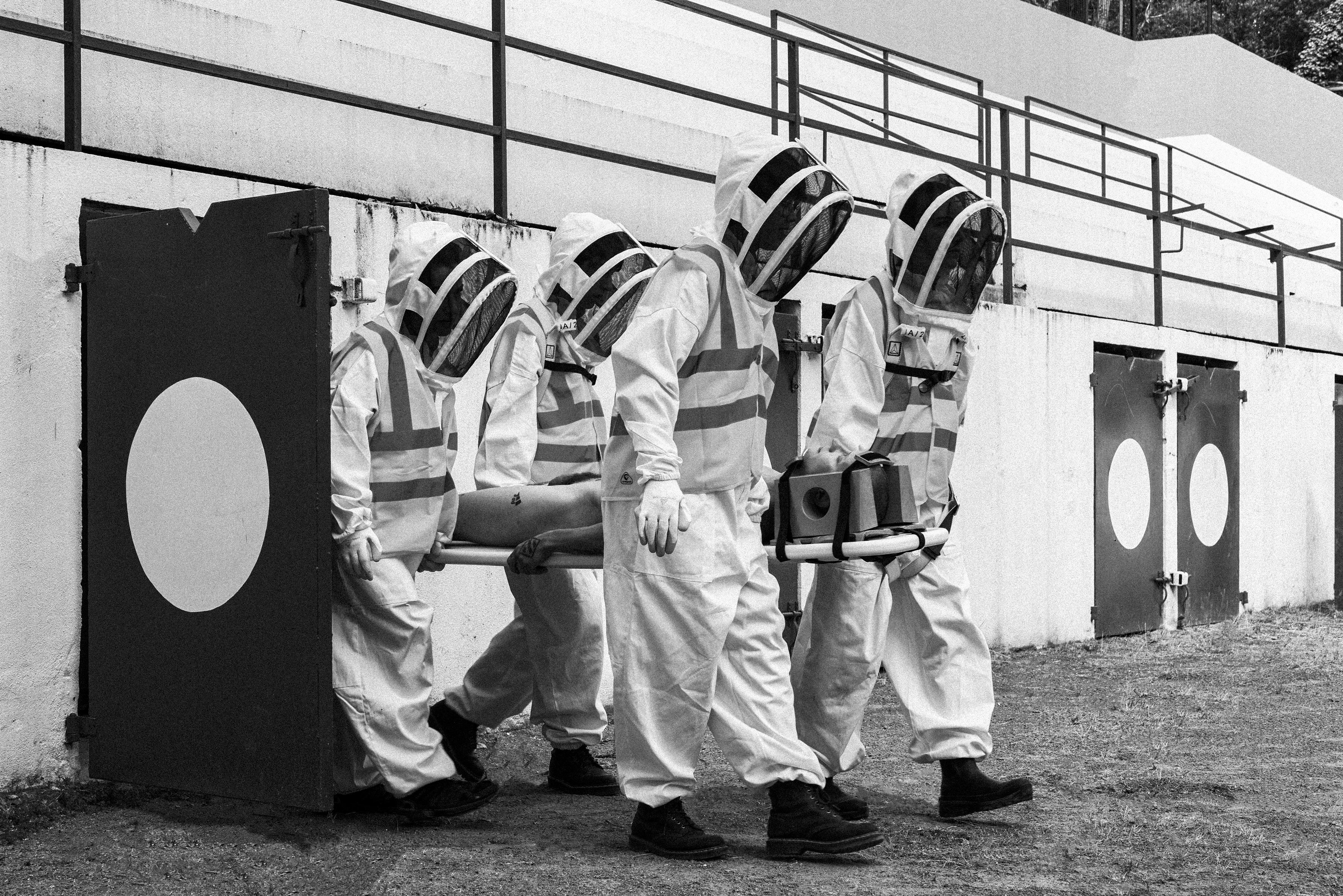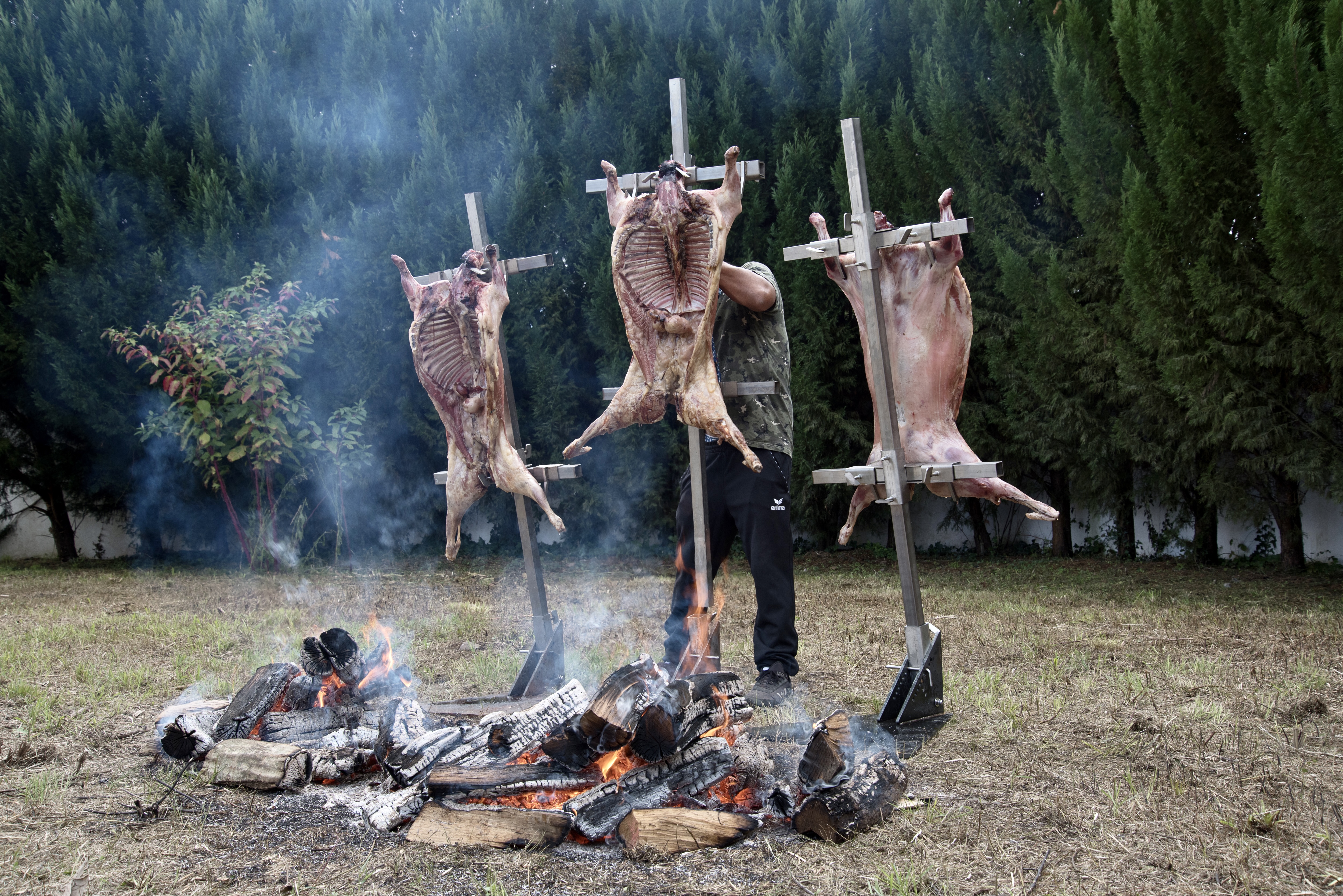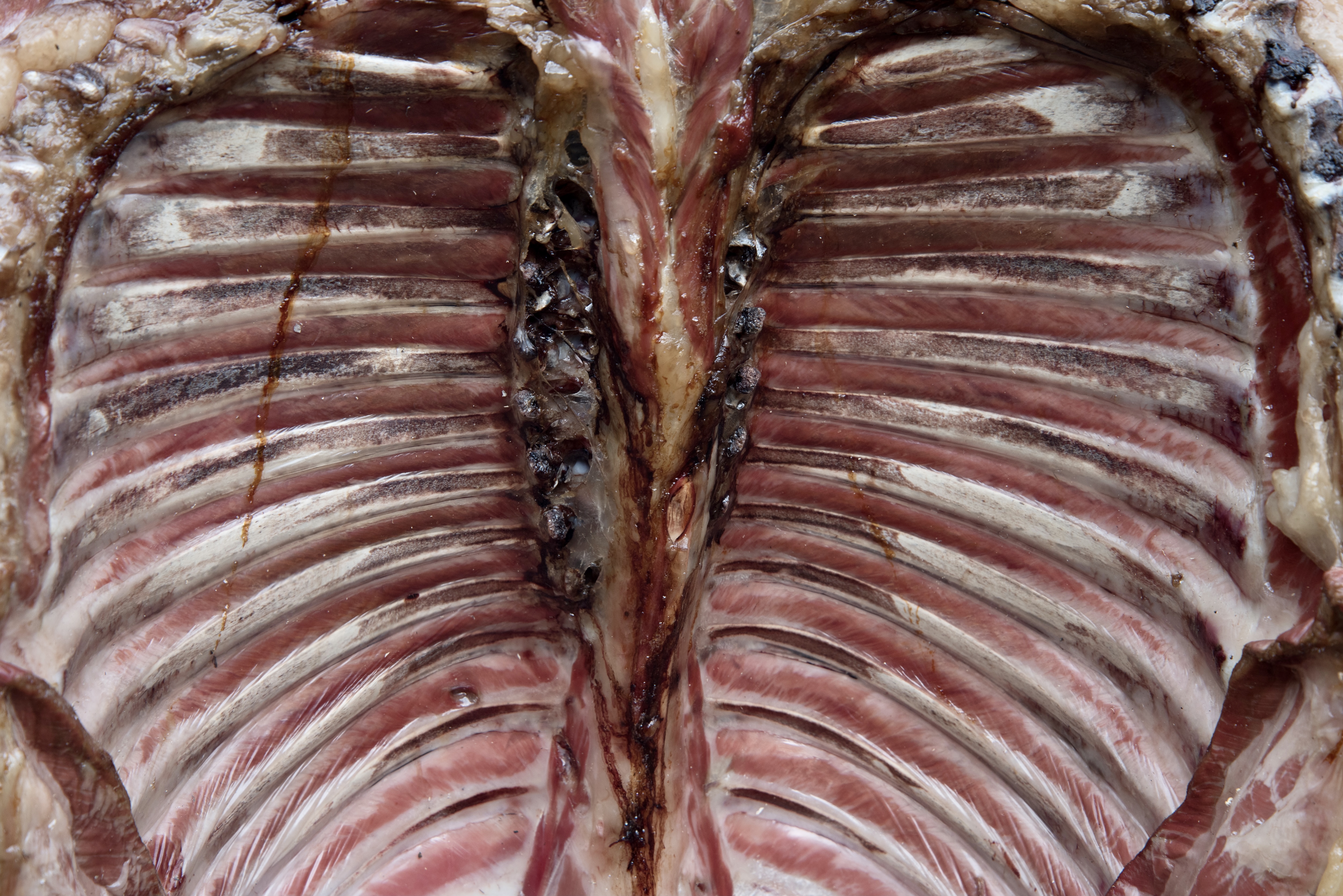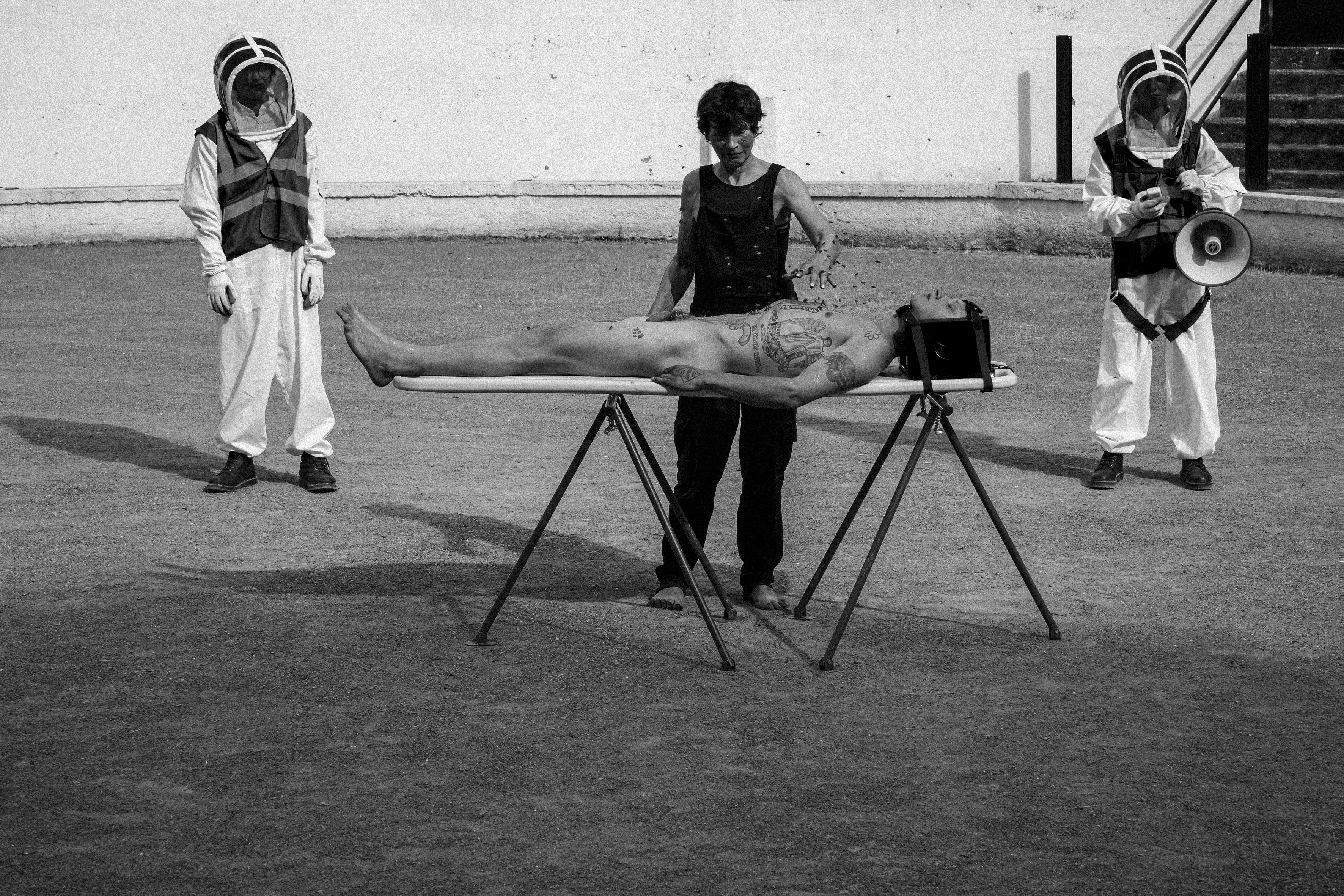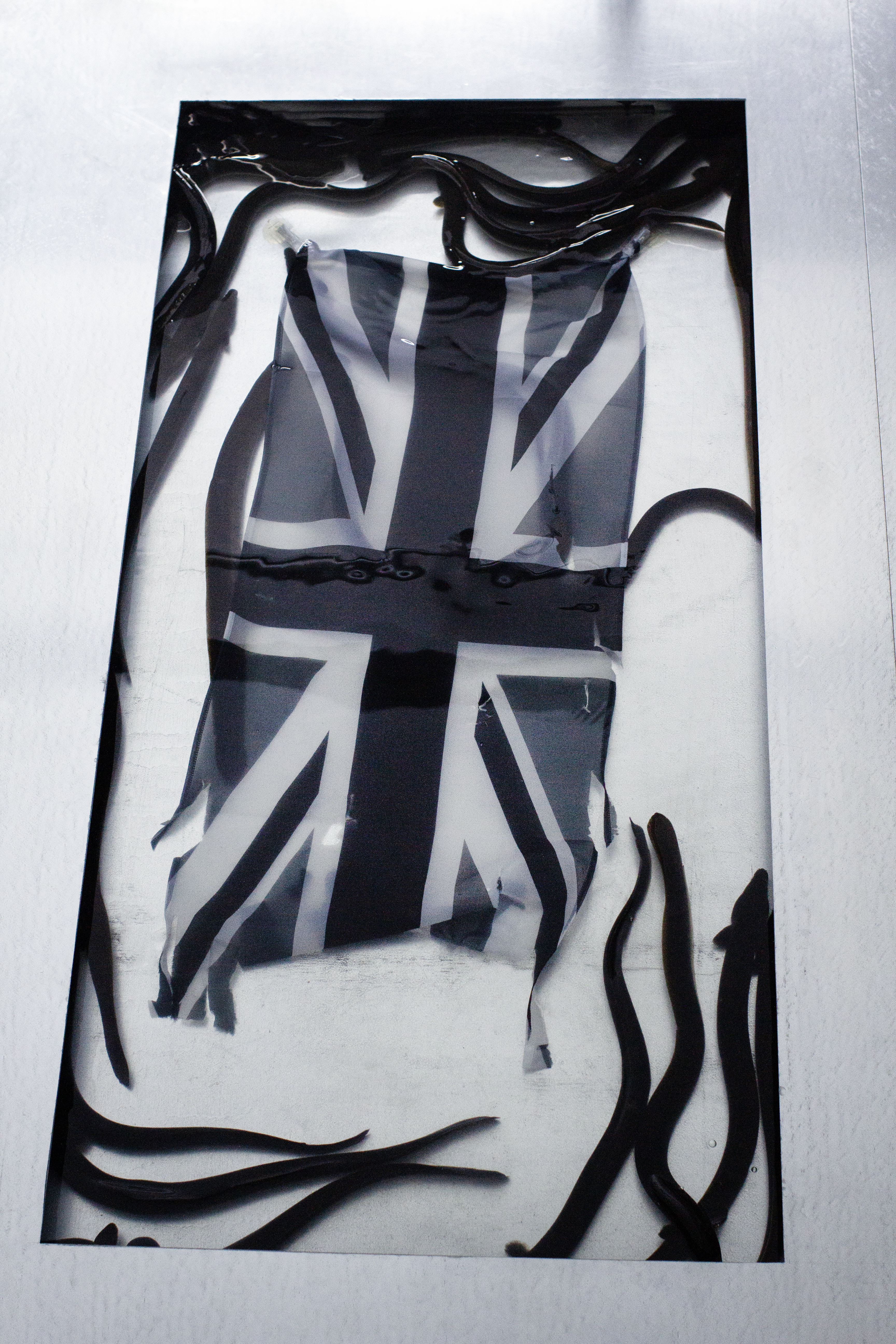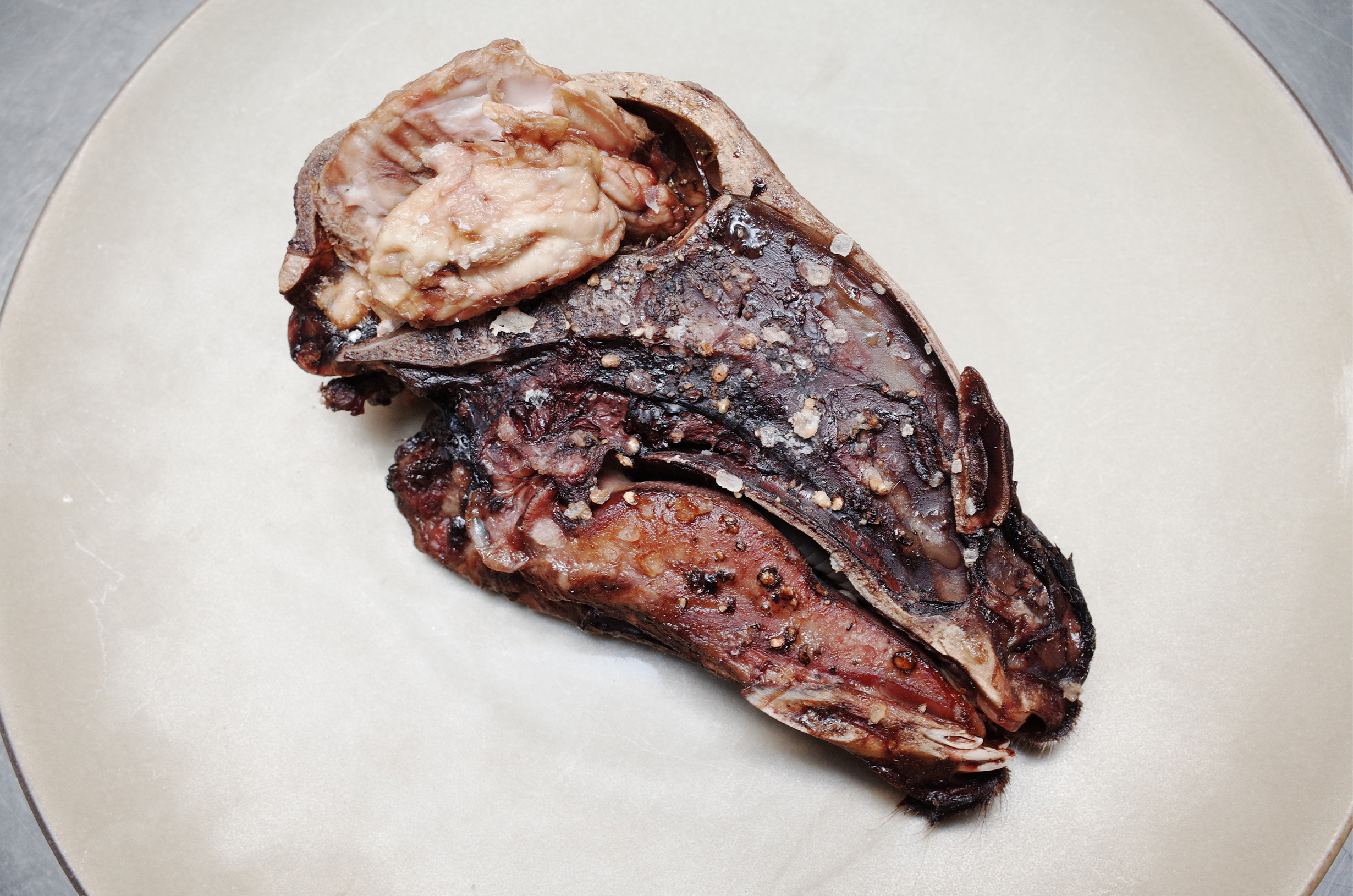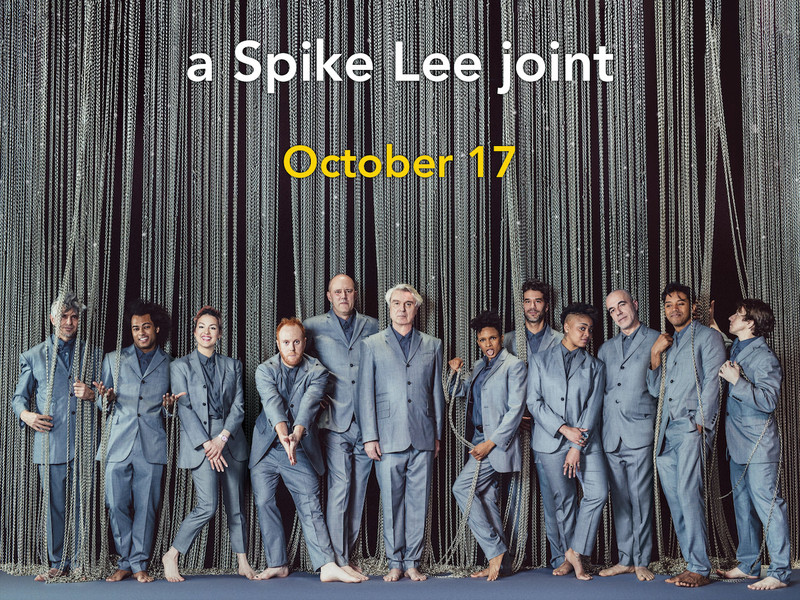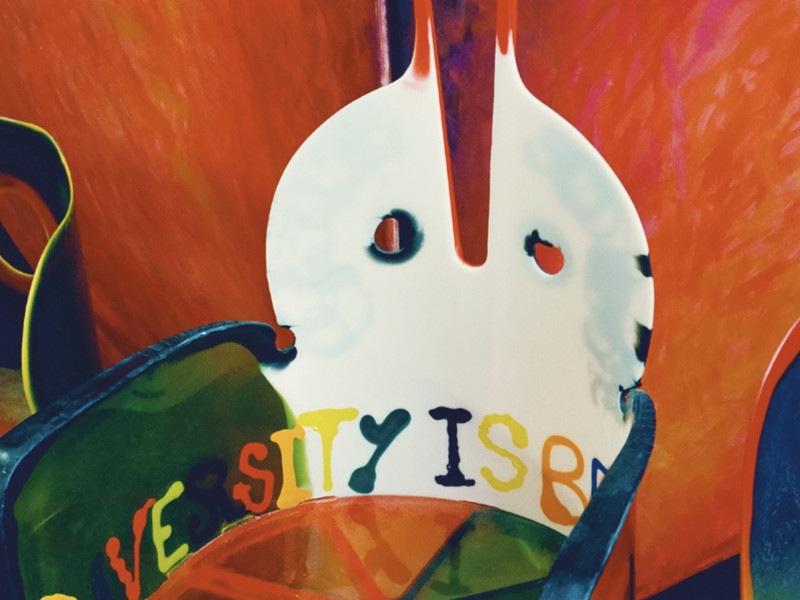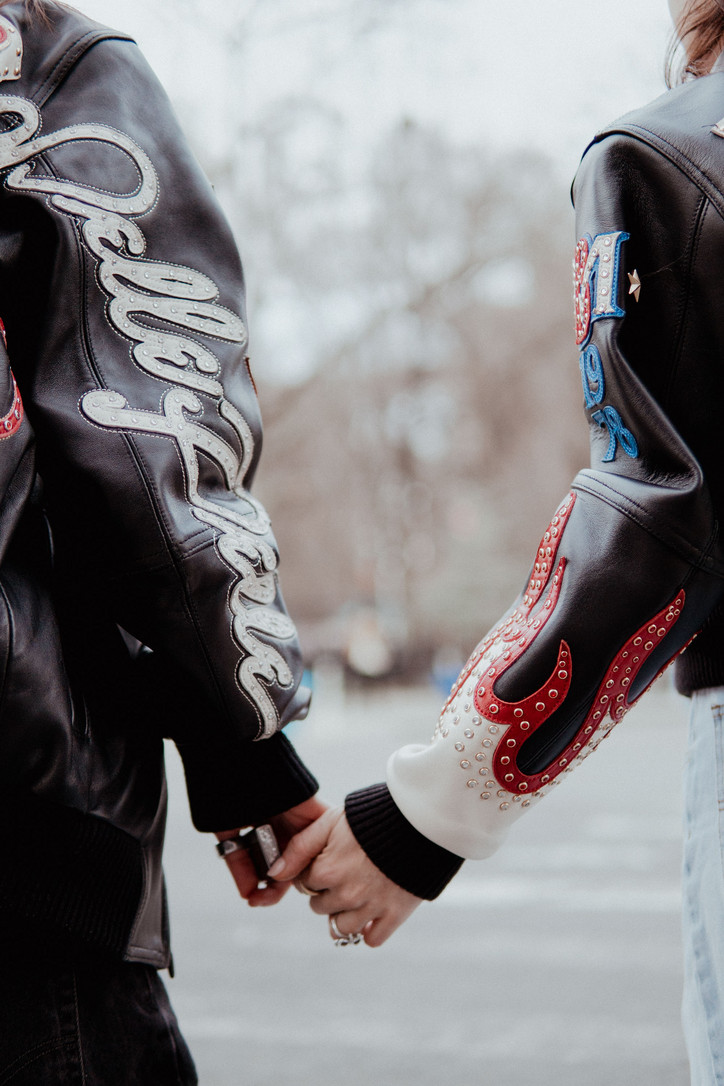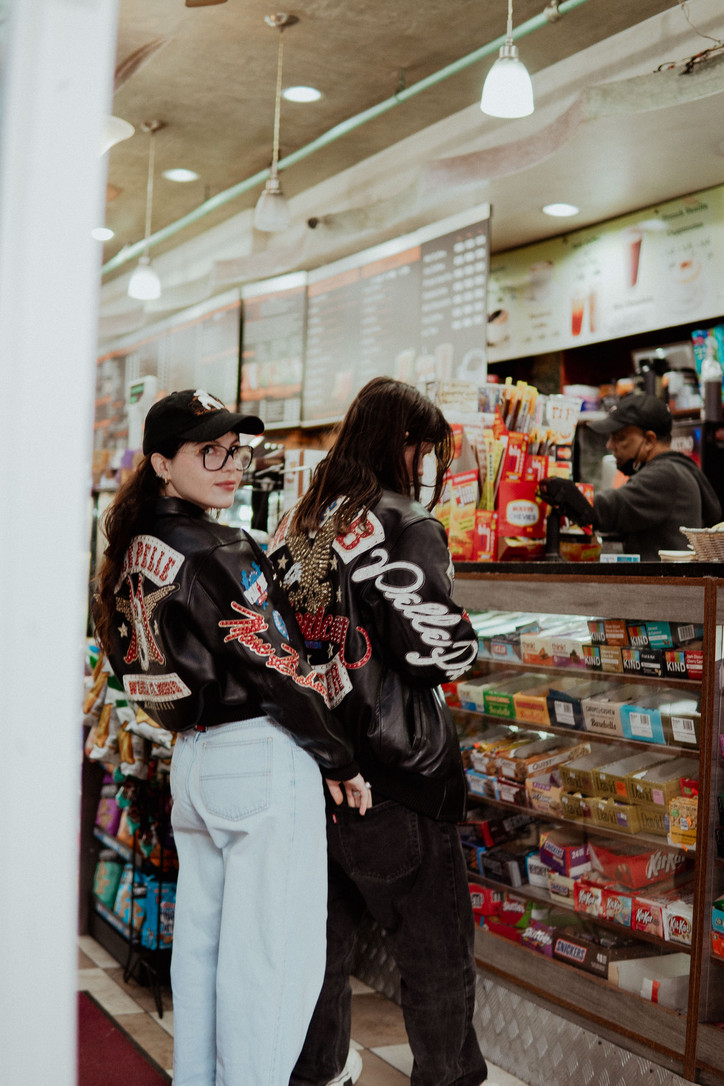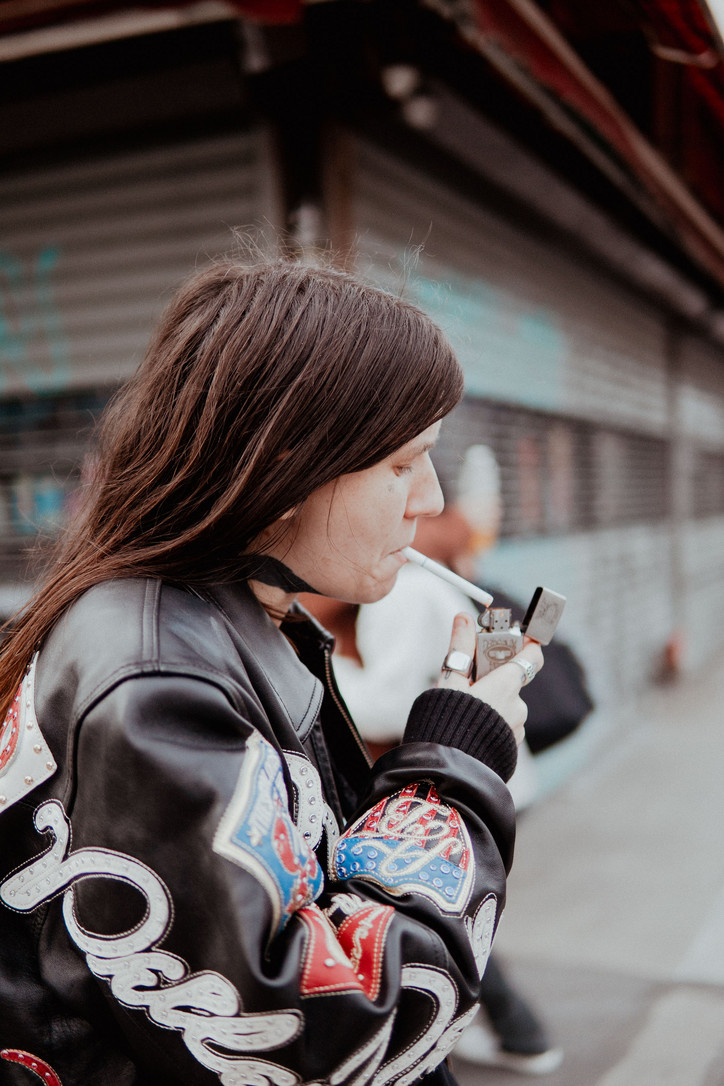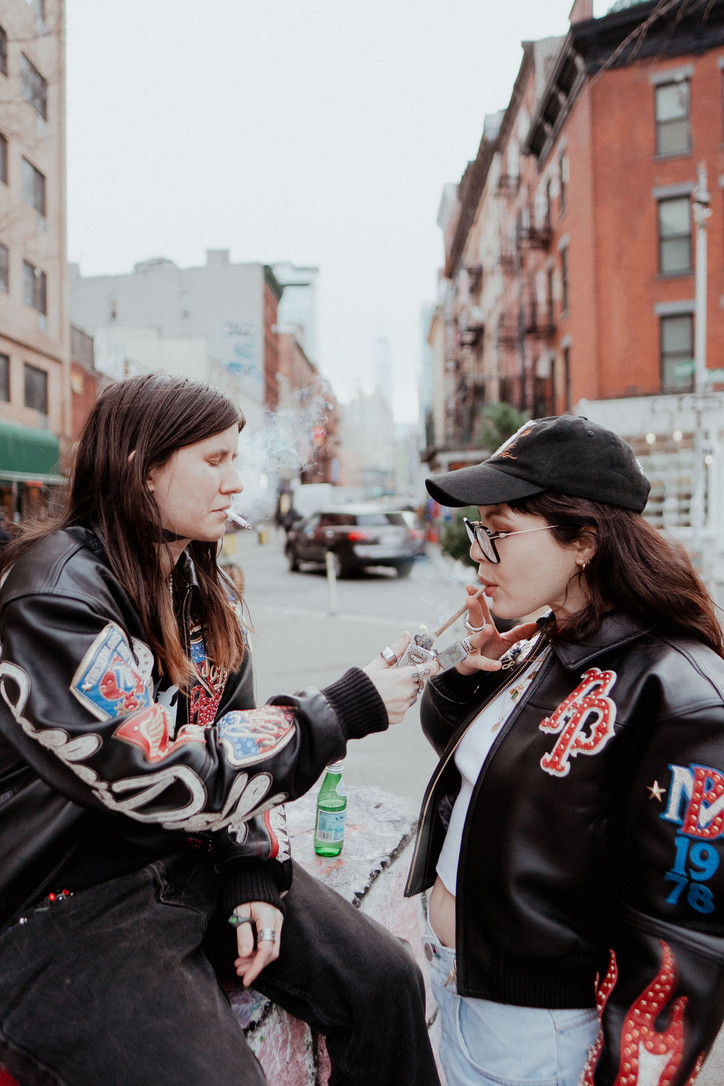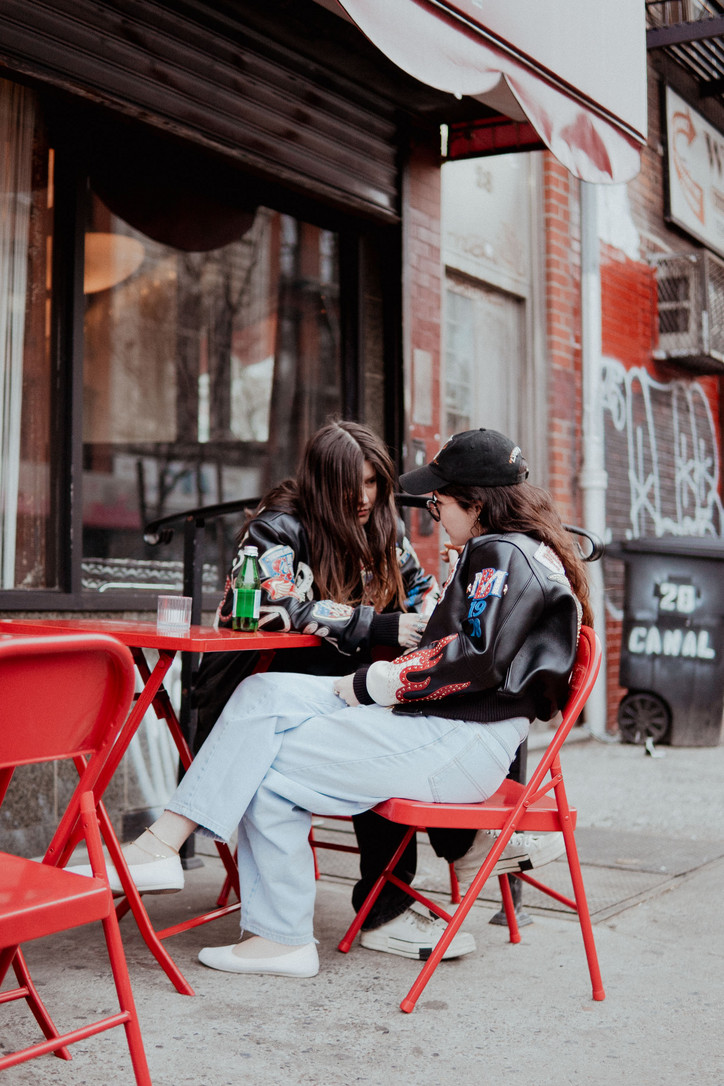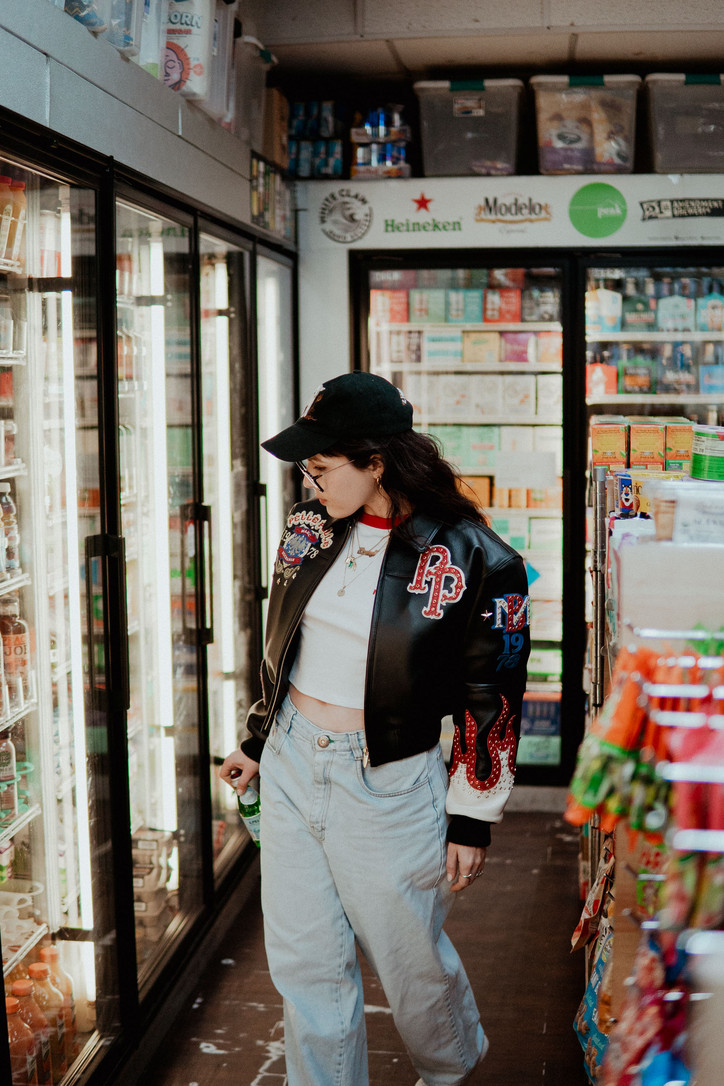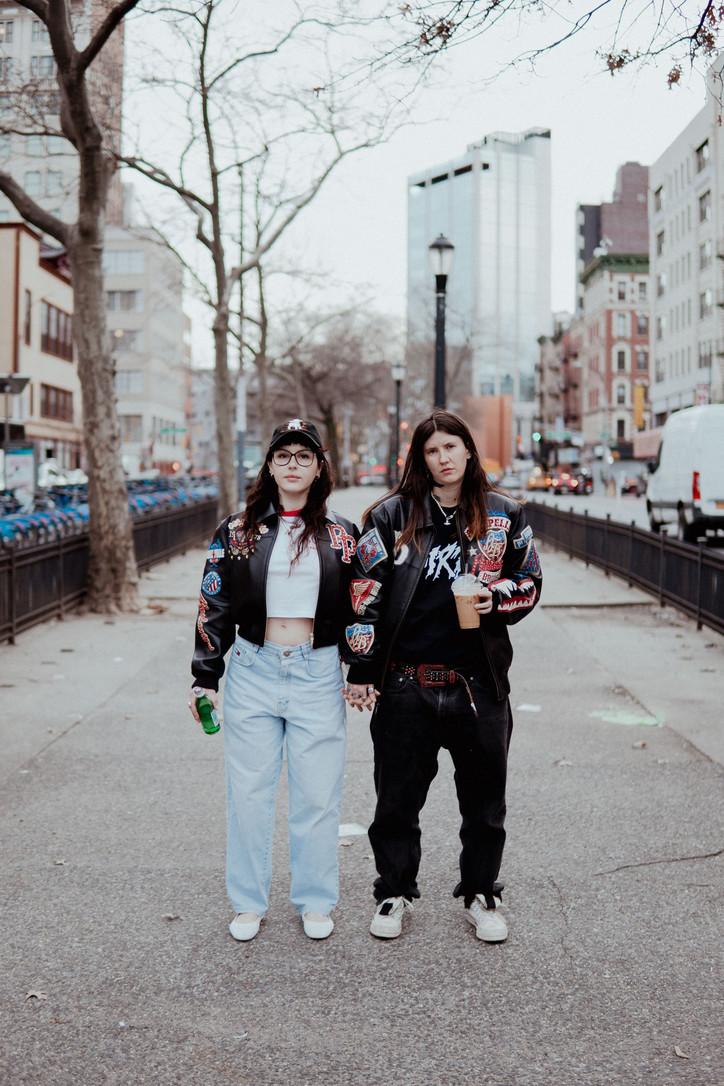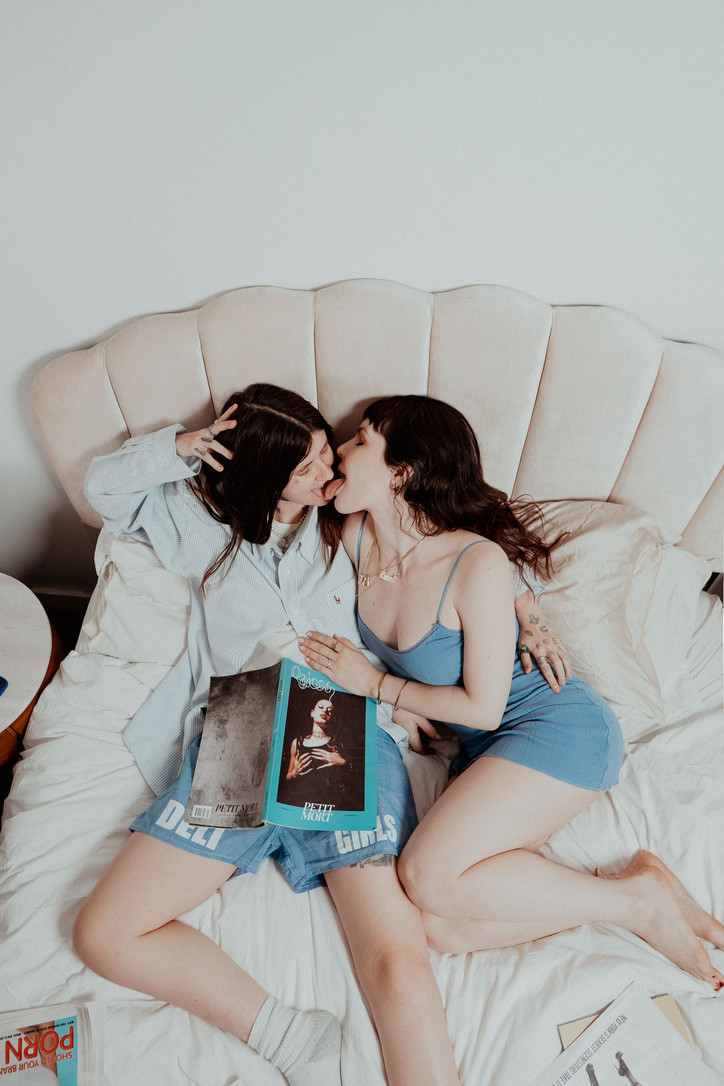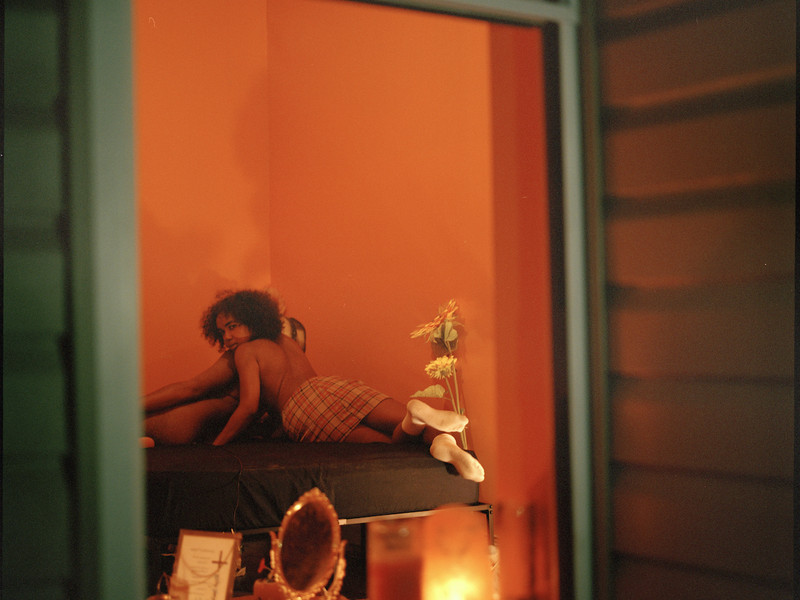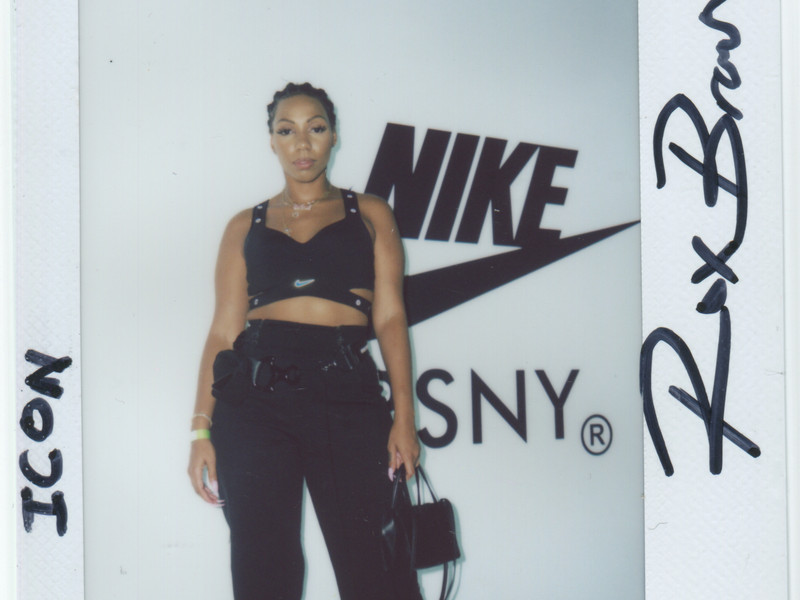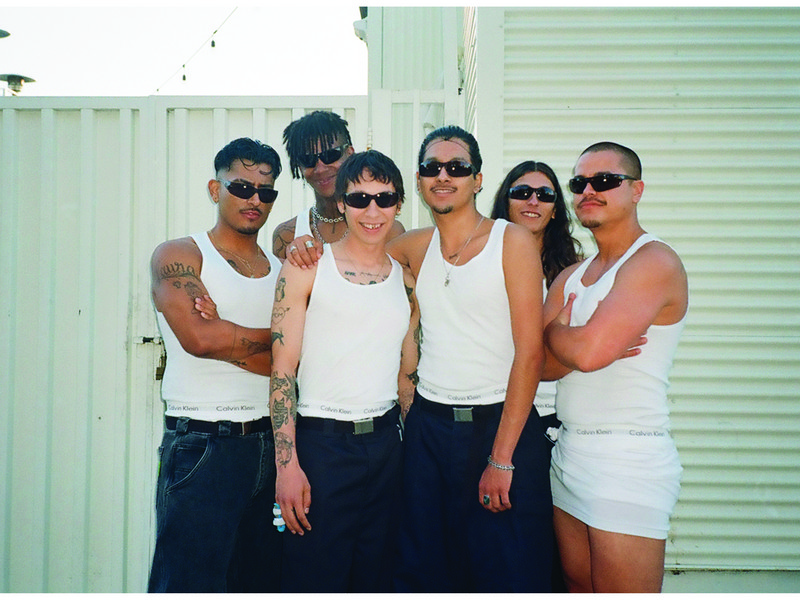LL: What magazines do you read, other than each other’s?
PD: Once in a while I'll go to a magazine shop and do a big haul. Just to see what people are doing and what's happening.
RS: I try to support the smaller magazines that are coming out when I can.
PD: I like Hommegirls, even though they did switch to glossy. But they're actually one of the most successful magazines right now. They were started by a fashion designer who also does a clothing collection for the brand.
RS: I like Hell Gate for New York focused news. It’s not print, it’s online. Their reporting is great, especially on the Eric Adams indictment. They’re super snarky. But I love old magazines. Old Playboys. Big Brother.
PD: Don't forget those copies of Project X I got you!
RS: Yes, Project X, which was Julie Jewels and Michael Alig’s magazine.
LL: So okay, we get the deal with the magazines. What's it like being in a relationship?
PD: It’s very sweet! We understand what each of us is dealing with, whether it’s production stress, printing stress, or talent stress, whatever it is. It's tough sometimes when we're both dealing with the same unknowns, because we don't necessarily have the answers for each other. But if you’re walking around in the dark, it's better to be holding someone's hand!
RS: I couldn't really say it better.
PD: We bounce ideas off each other, too. Even though Dirty and Petit Mort are so different, we share contacts and have a nice cross-pollinating space. I like to say Petit Mort for the girls and the dolls, and Dirty is for the boys.
*Ripley squints*
PD: Is there tea?
*Ripley squints harder*
PD: Okay, wow, you're bringing it there. You really want to spill the tea in this exclusive?
LL: Let’s hear it!
PD: So Dirty and Petit Mort started at the exact same time. And I had a crush on Ripley for a long time, before the magazines were even twinkles in our little eyes. I actually slid into Ripley's DM in maybe 2019, and got totally ghosted in a social media air ball!
A few months later, I'm about to announce Petit Mort, and a friend was like, wait, did you see that Ripley started this other magazine?
I was like wait, what? what the fuck is this?
I was a little bit of a hater for a minute. Dirty had a humorous sensibility that I struggled to tap into. I was struggling with my own self-censorship. Seeing what Dirty was doing, the risks they were willing to take…I was like, fuck that's so fucking cool.
Then we did the feature on you, Lily, when you guys were an item. You invited me to a Dirty party, which I went to, thinking, I guess I’ll find out what this shit is about. And Ripley was just so sweet. I had no idea that they were such a cutie-pie sweetheart. I thought they were just a hot fuck boy. And I thought, wow, lucky Lily lady over here.
A few months later, we got lunch and talked about running our magazines. And then [Lily & Ripley became best bros 4 life] and Ripley and I started hanging out every day. The rest is history. It’s funny how life works.
RS: The first time we got lunch, I remember leaving with this heavy feeling because I saw something reflected [in Penelope] that was very hard to receive at the time, because it felt like such a reflection of the difficulties [of running a magazine] that I really try not to show.
When I meet up with people, I try to be super positive about how it's going. And I am very positive, but to feel seen in this way, in terms of personal financial investment and sacrifice…it's really heavy. That's something we can relate on a deep level. That was a really moving part of getting to know each other.
LL: So sweet. What a well-rounded romp. Anything outstanding either of you want to convey?
RS: Petit Mort has a really awesome launch party that’s about to happen.
PD: Dirty is about to release what I think is their best issue yet.
